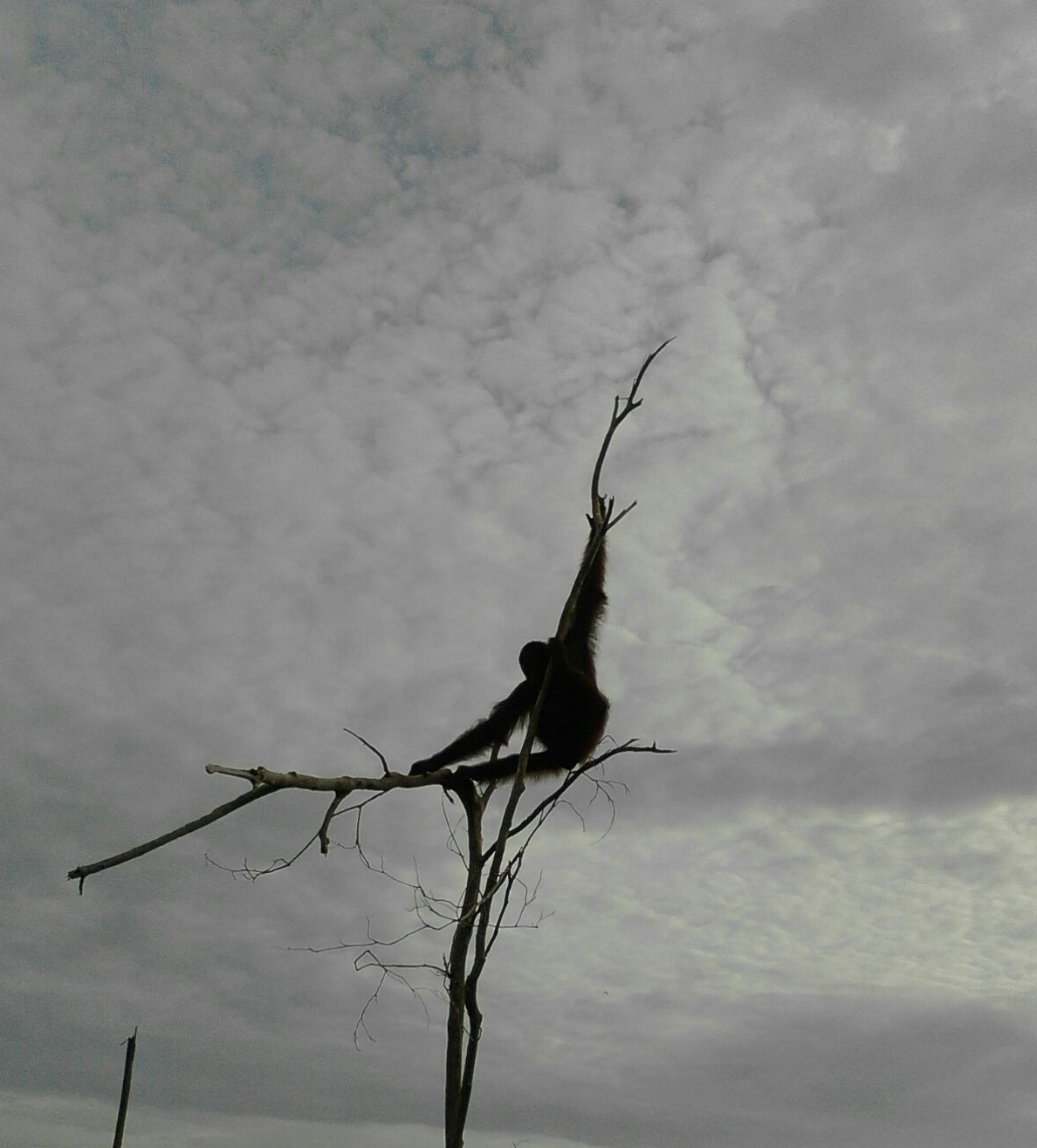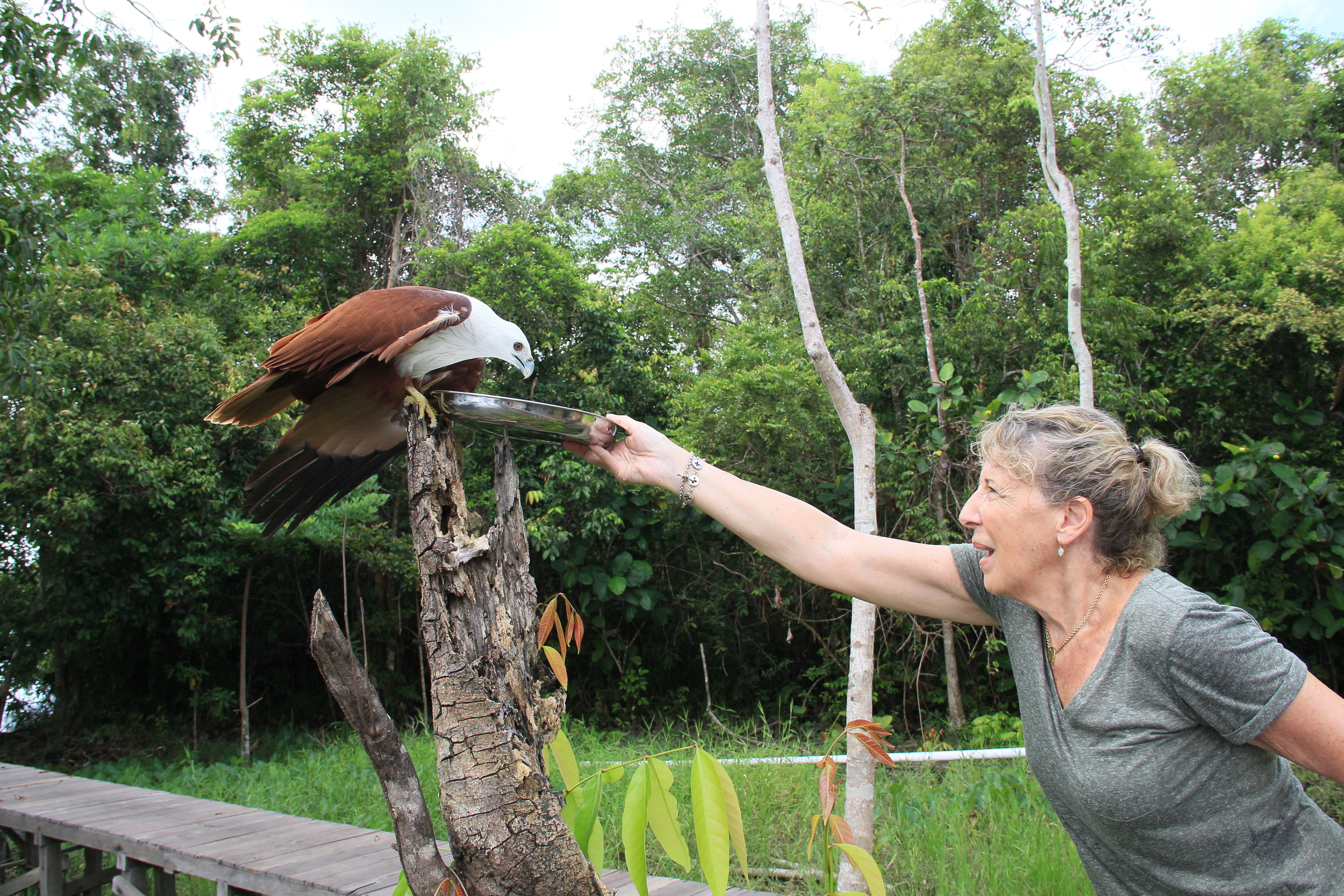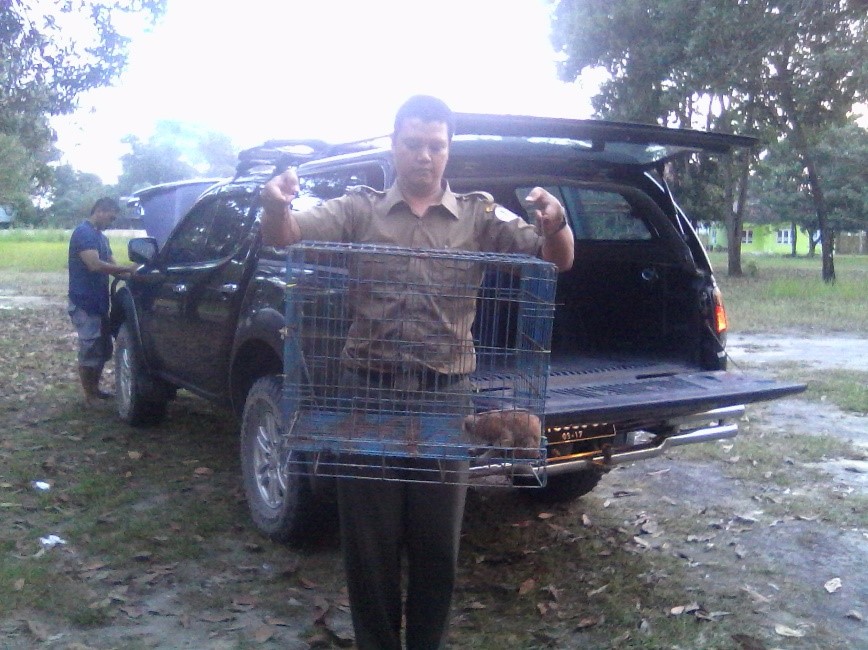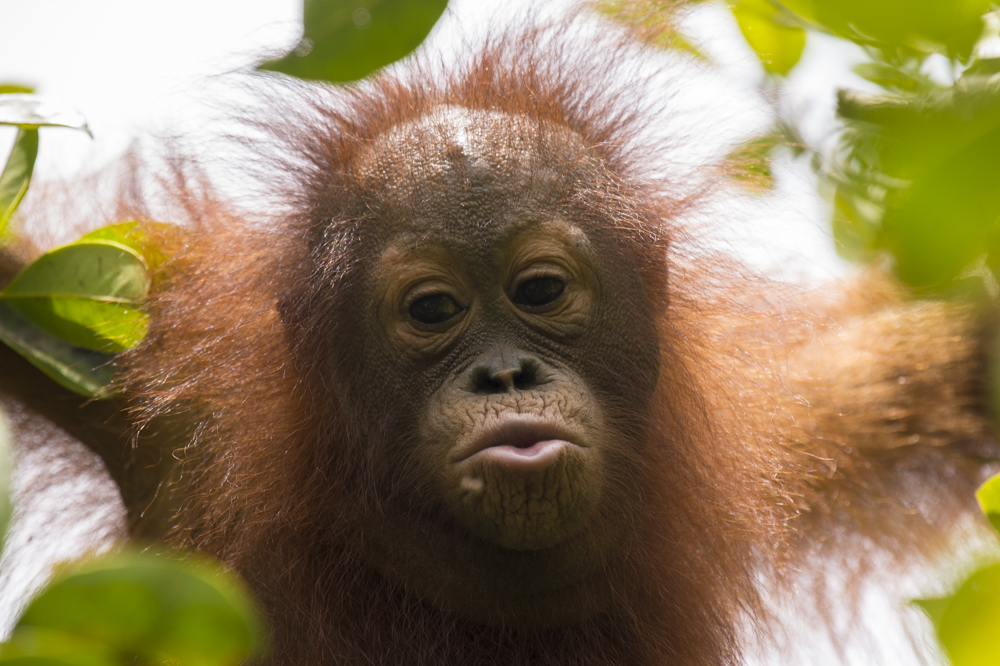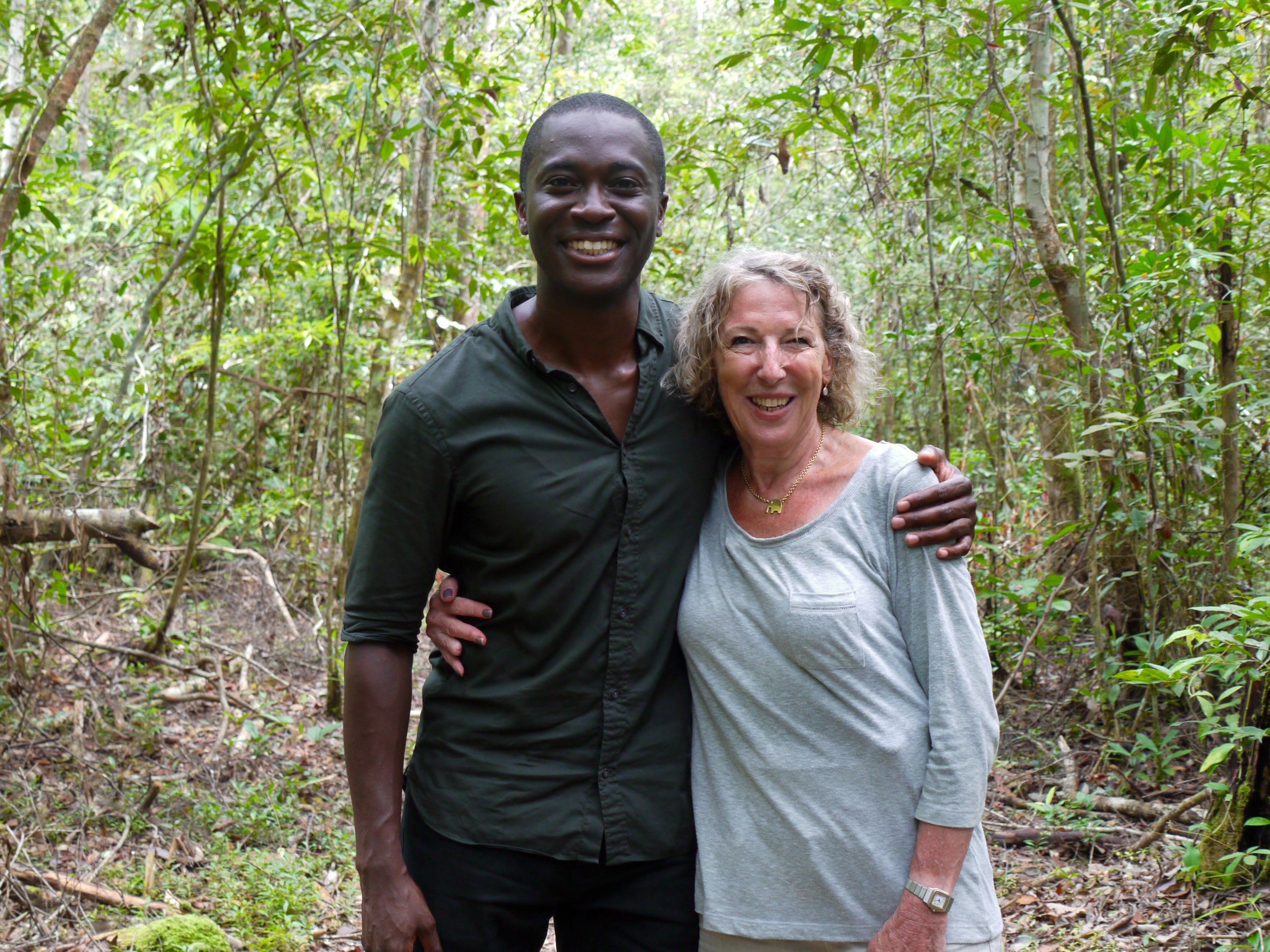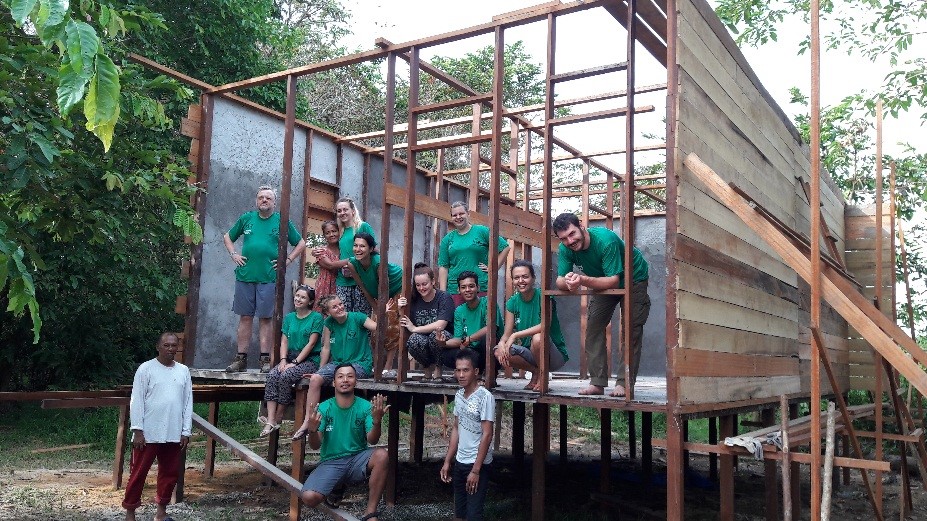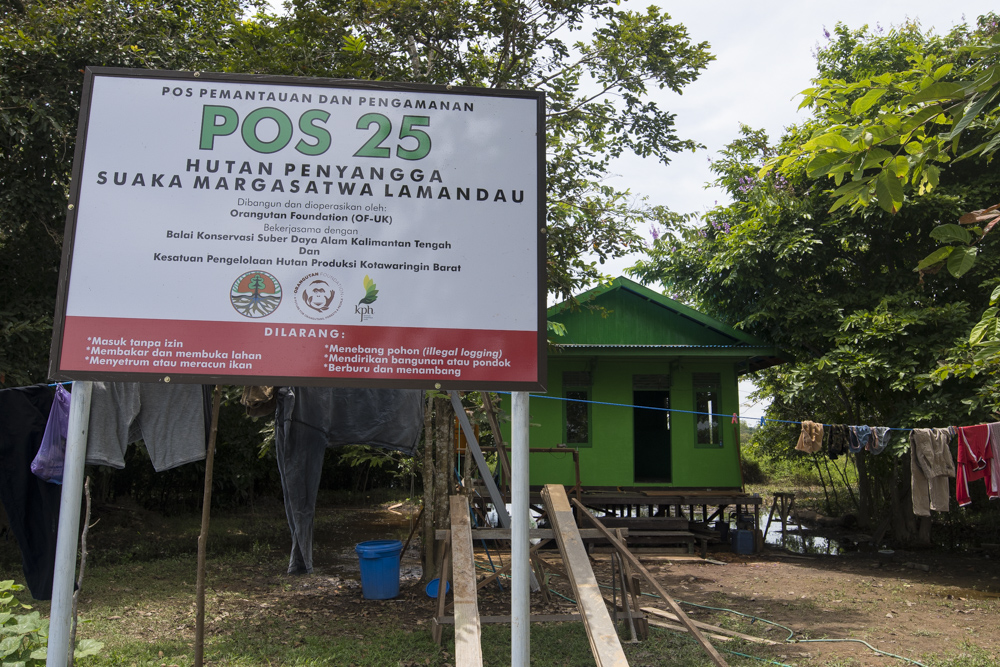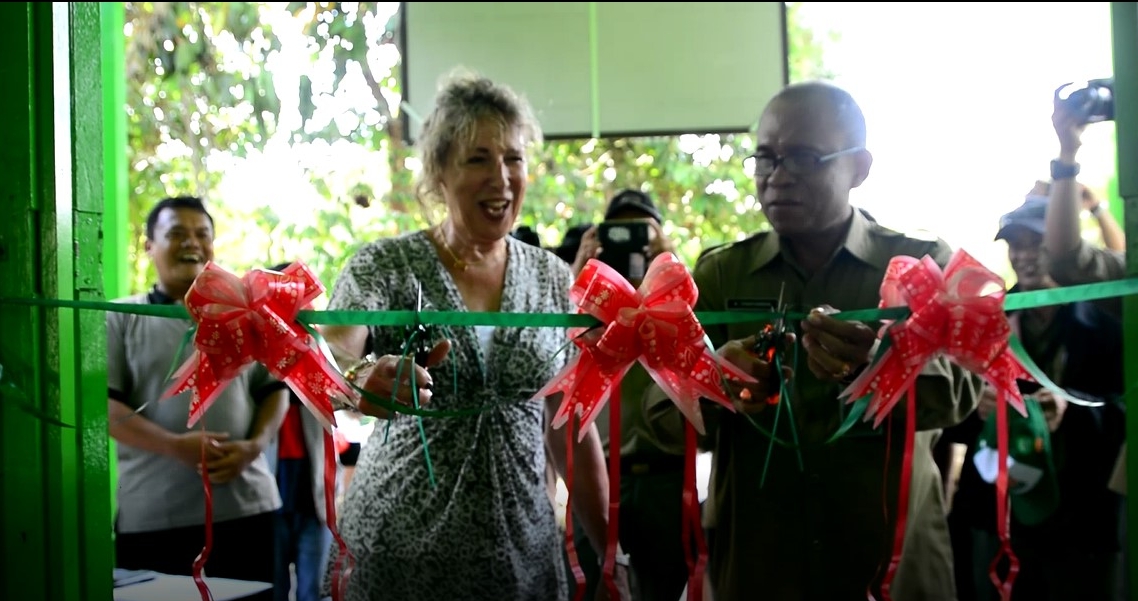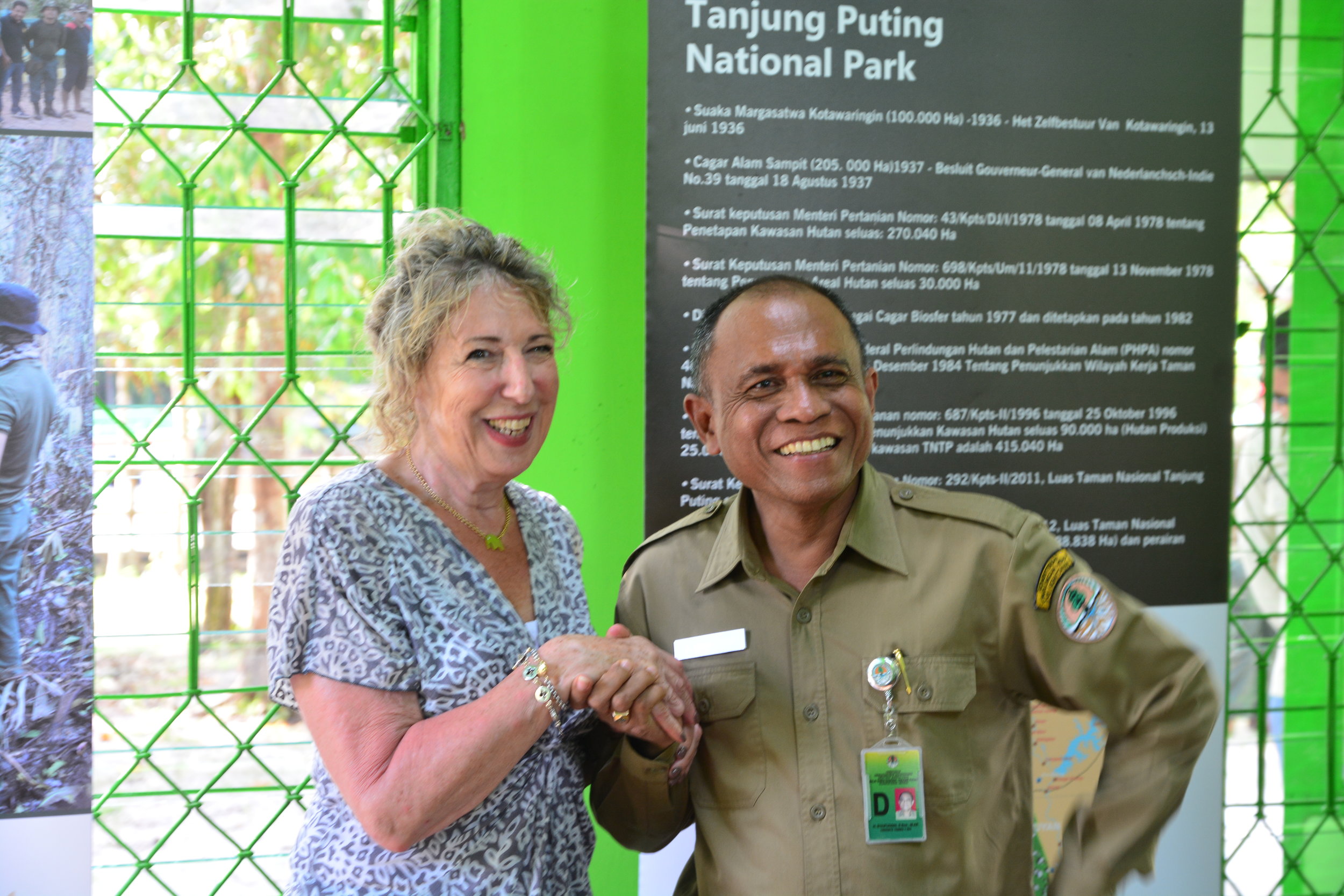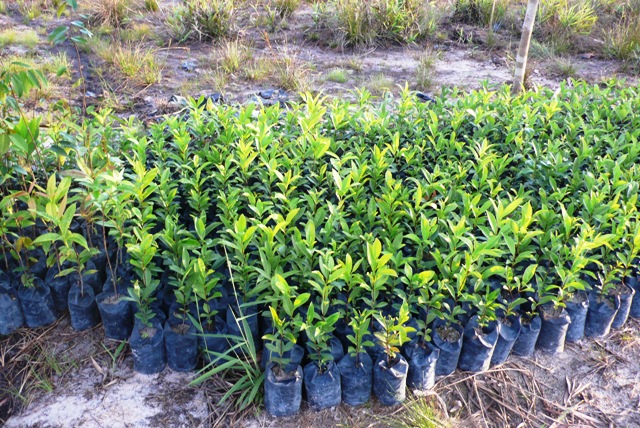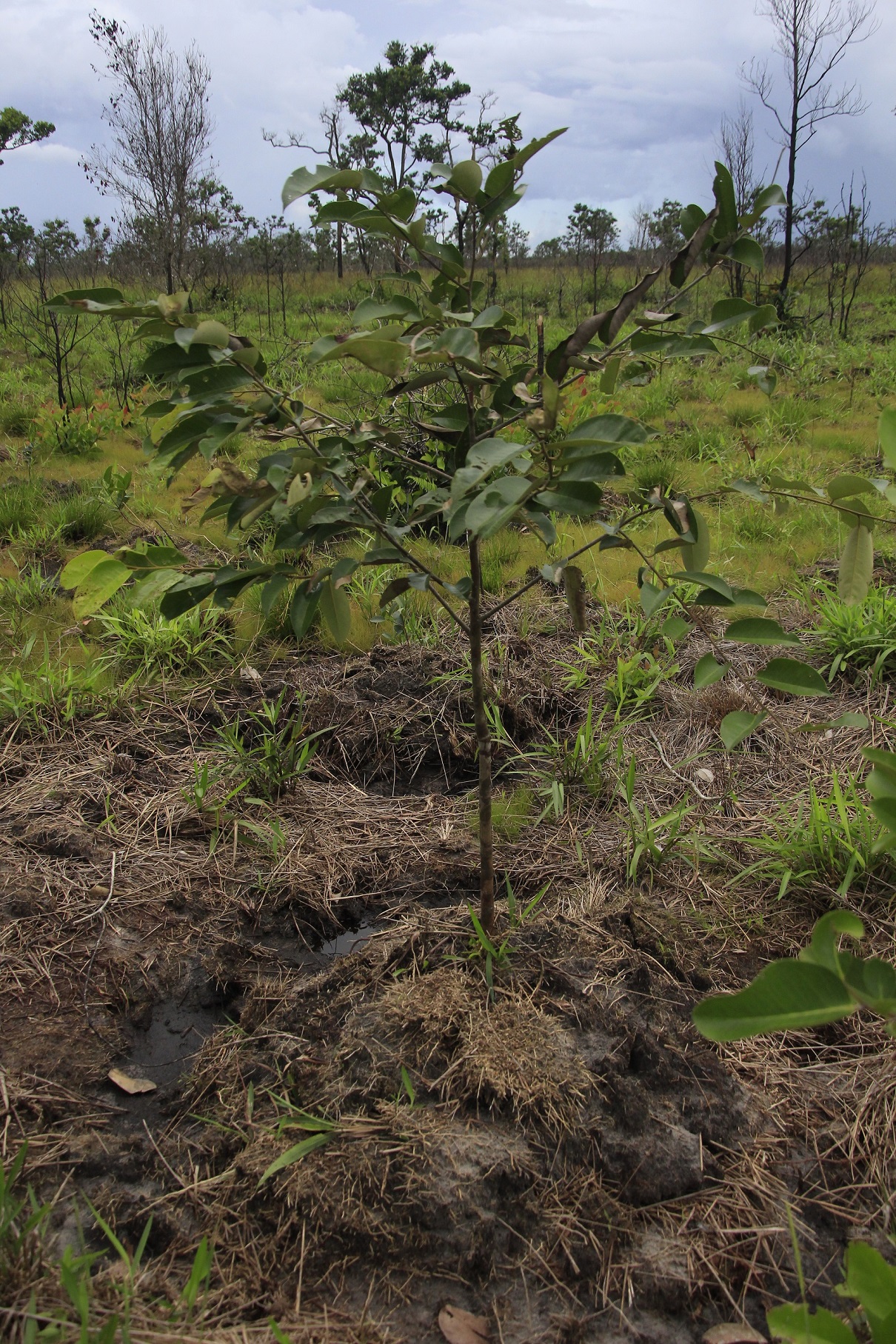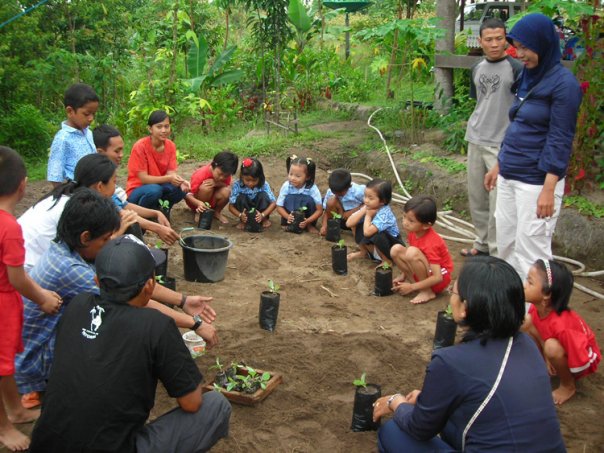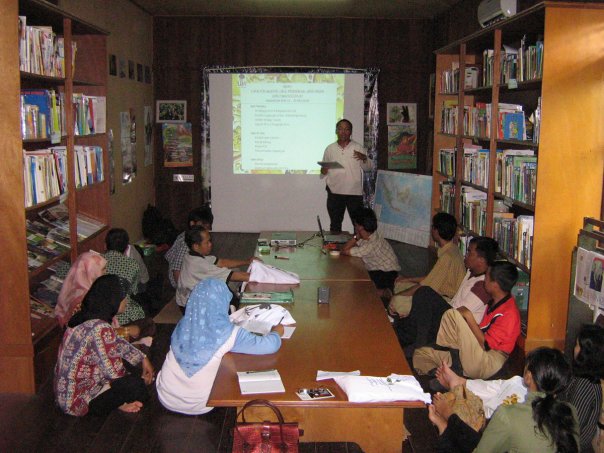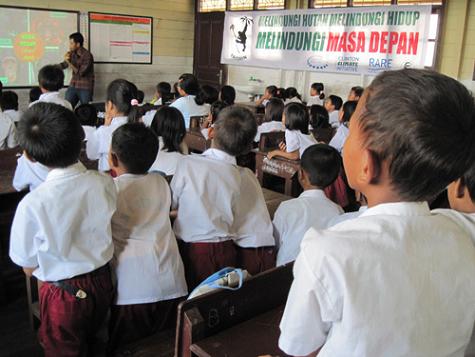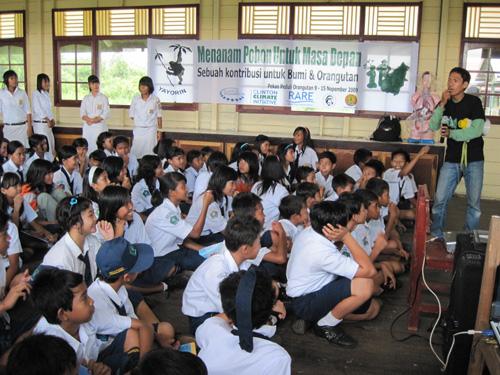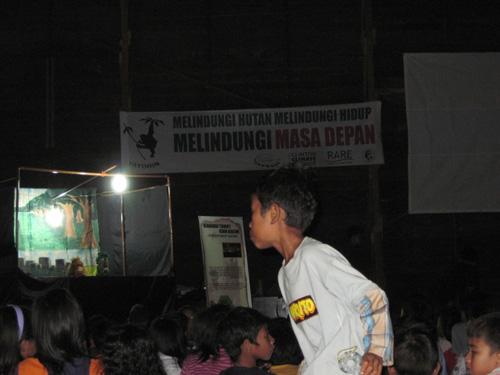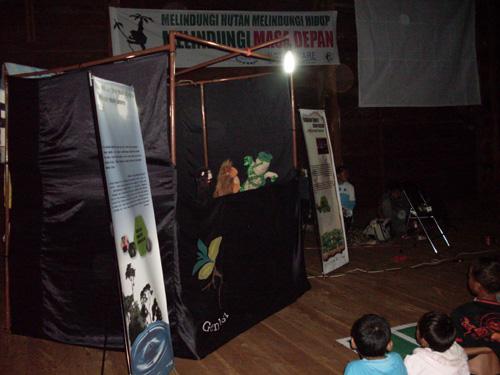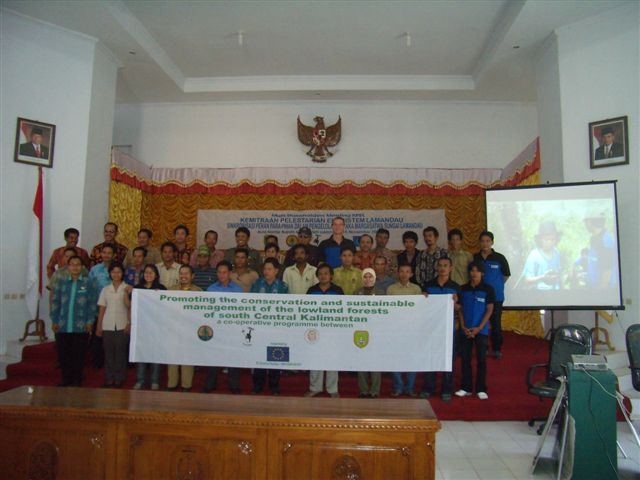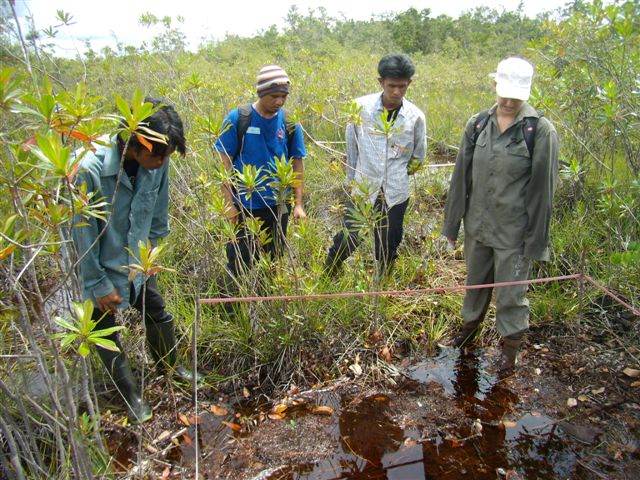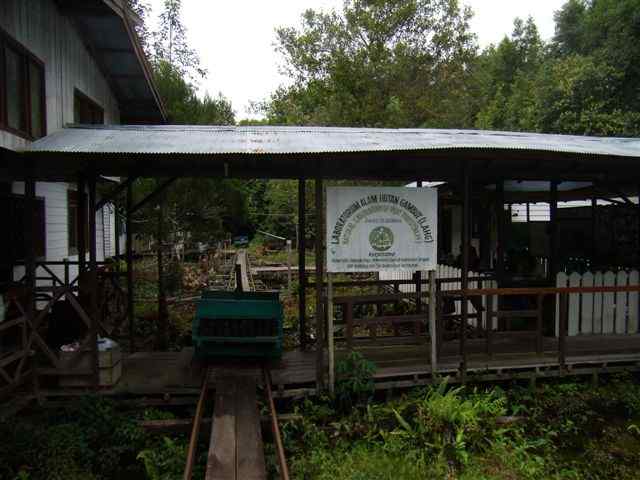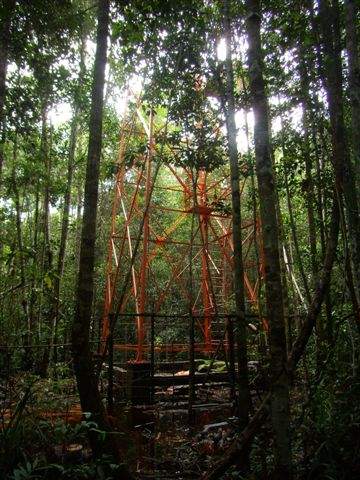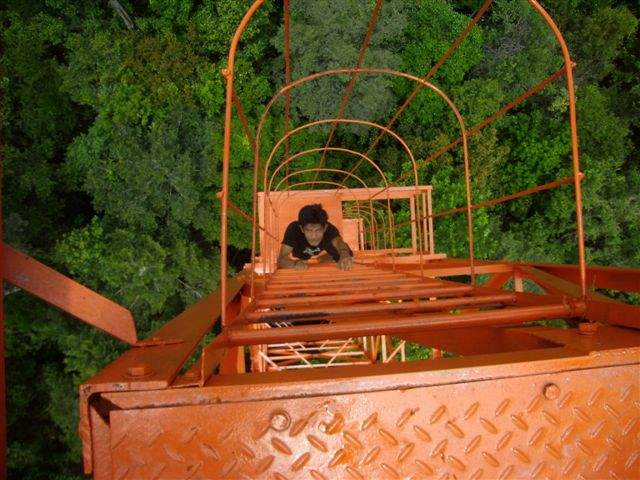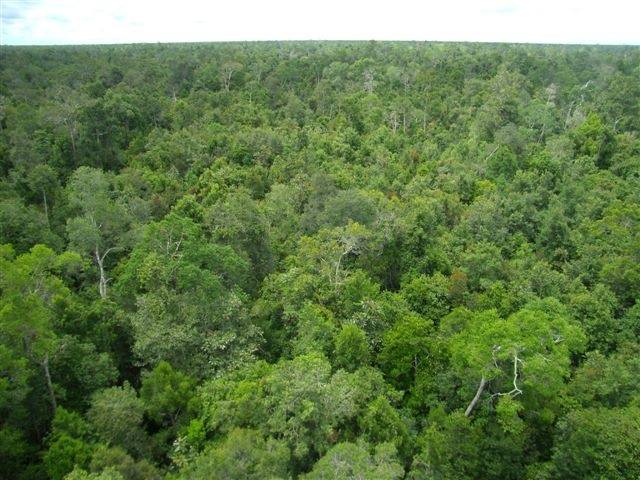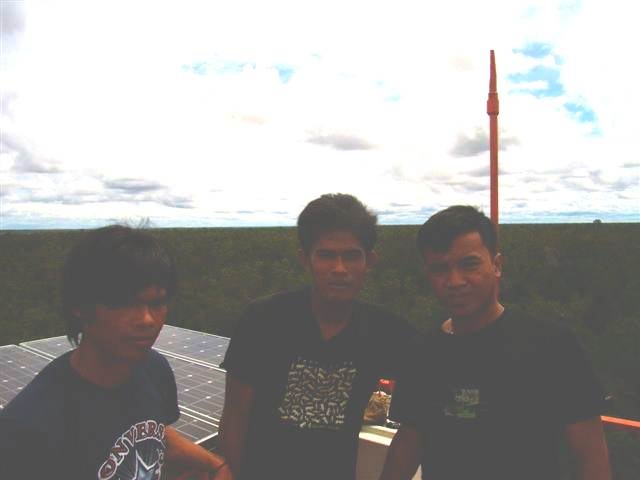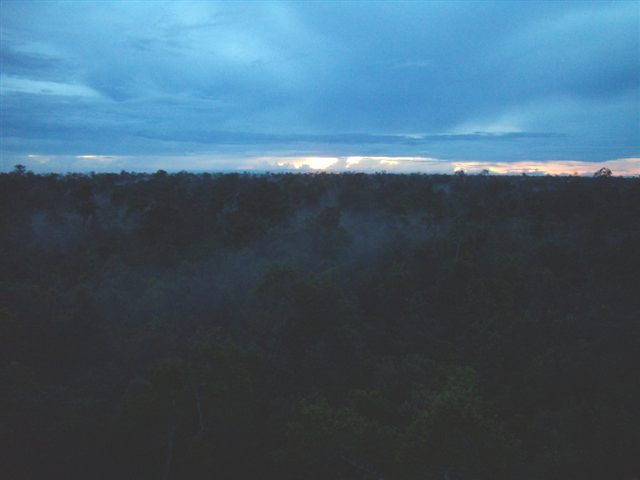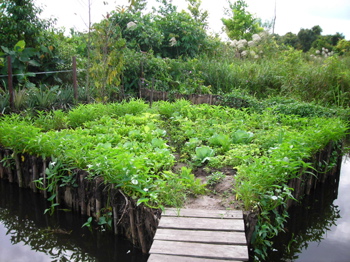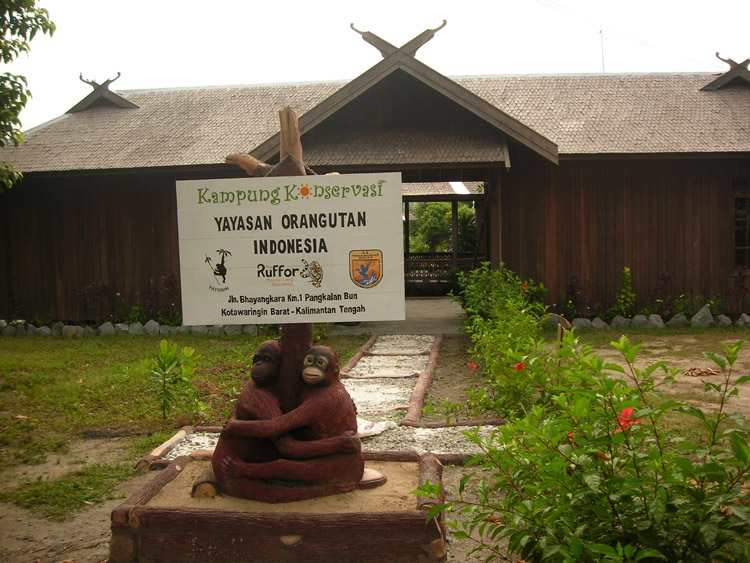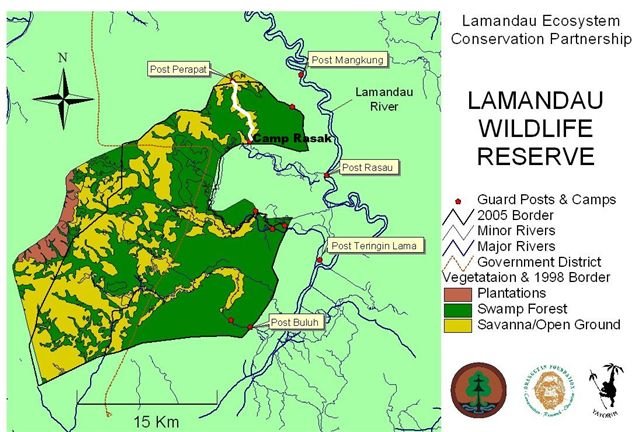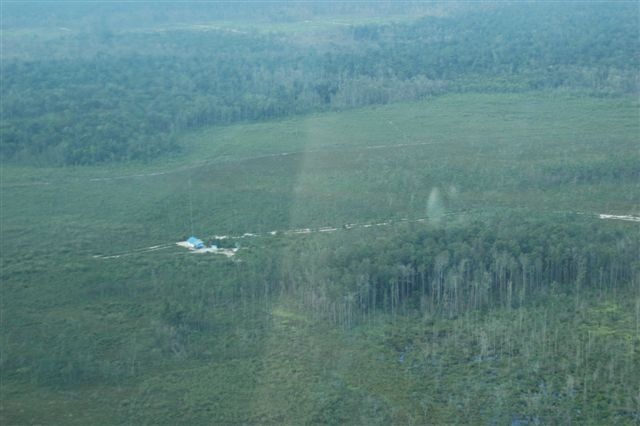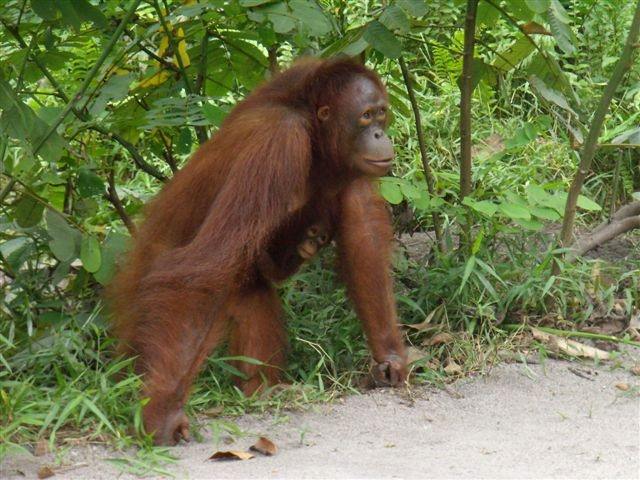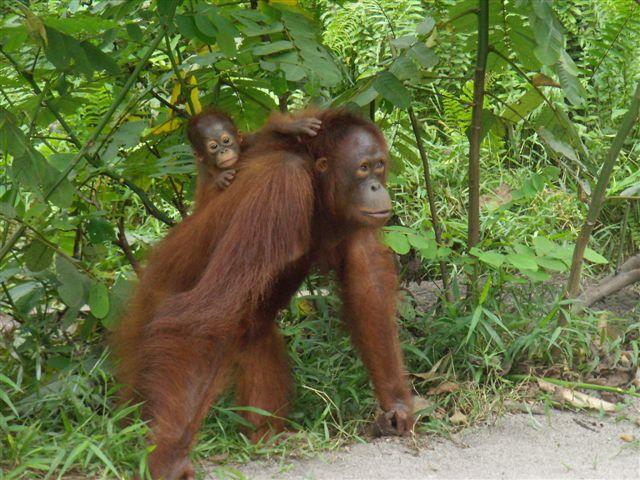This year at the Foundation we are celebrating an important milestone- 30 years of conservation.
30 years protecting the critically endangered orangutan. 30 years on the front line guarding the vulnerable tropical forests of Borneo. 30 years collaborating with local people with environmental education and sustainable land-management practices.
The Orangutan Foundation’s programmes and primary focus is in Central Kalimantan, Indonesian Borneo. Our country office in Pangkalan Bun is responsible for the livelihoods of 55 staff, all of whom are Indonesian from local towns and villages. This means that our dedicated workforce are fully appreciative of their surrounding environment and understand the importance of protecting their nearby forests.
In spite of the difficulties that we are currently all facing around the world, the threat to tropical forests in Borneo remains a constant, and our 10 guard posts are still alert to monitor any cases of illegal activity. These posts contain fire-fighting equipment and continue to play a vital role in protecting over half a million acres of forest across the Lamandau Wildlife Reserve and Tanjung Puting National Park (below).
The Foundation’s five post release monitoring camps within the Lamandau Wildlife Reserve (above left) continue to oversee reintroduced orangutans and the 10 young orphans currently in our soft-release programme. These orphans have been rescued from a life in captivity and offered a new chance of a future in the wild by learning essential skills in the safety of a protected forest.
Elsewhere in Tanjung Puting National Park, our remote camera traps are recording a fascinating insight into the diverse forests surrounding Pondok Ambung Tropical Forest Research Station (above right). Clouded leopards, tarsiers, sun bears, proboscis monkeys, and false gharial crocodiles are a handful of the unique species that continue to be observed and studied closely here.
Meanwhile, our Habitat Restoration Programme has also been active in recent months. To date over 75,000 tree saplings have been planted since the devastating forest fires of 2015, and our team of experts are still diligently cultivating a new generation of saplings to reintroduce into the wild. We hope that these young plants which are more resistant to fires, will soon help rejuvenate new patches of forest and form part of a healthy natural ecosystem for years to come.
The Orangutan Foundation operates in Indonesia under an MoU with the Ministry of Environment & Forestry and has a responsibility for our own field programmes. We were also the first organisation in the UK to raise awareness of the critically endangered orangutan and its threatened habitat 30 years ago. Despite the challenges that we face today, at the Foundation we know that we can continue our vital work long into the future. If you can, please help us maintain our important ongoing programmes by sponsoring an acre of tropical forest, adopting an orphaned orangutan, or making a donation today.
Our progress relies on the kindness of our supporters, members, and partners, so thank you for your dedicated support.








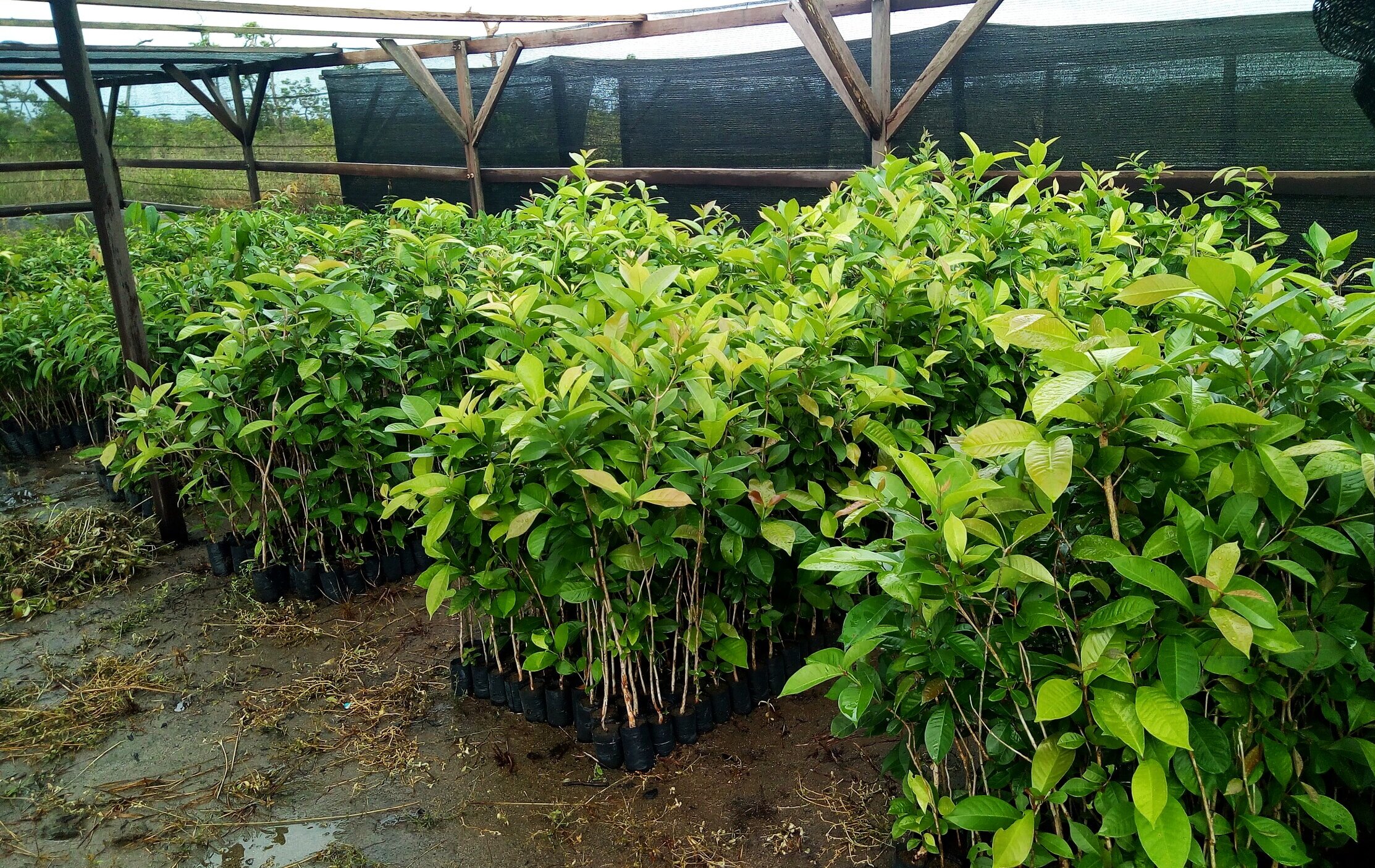
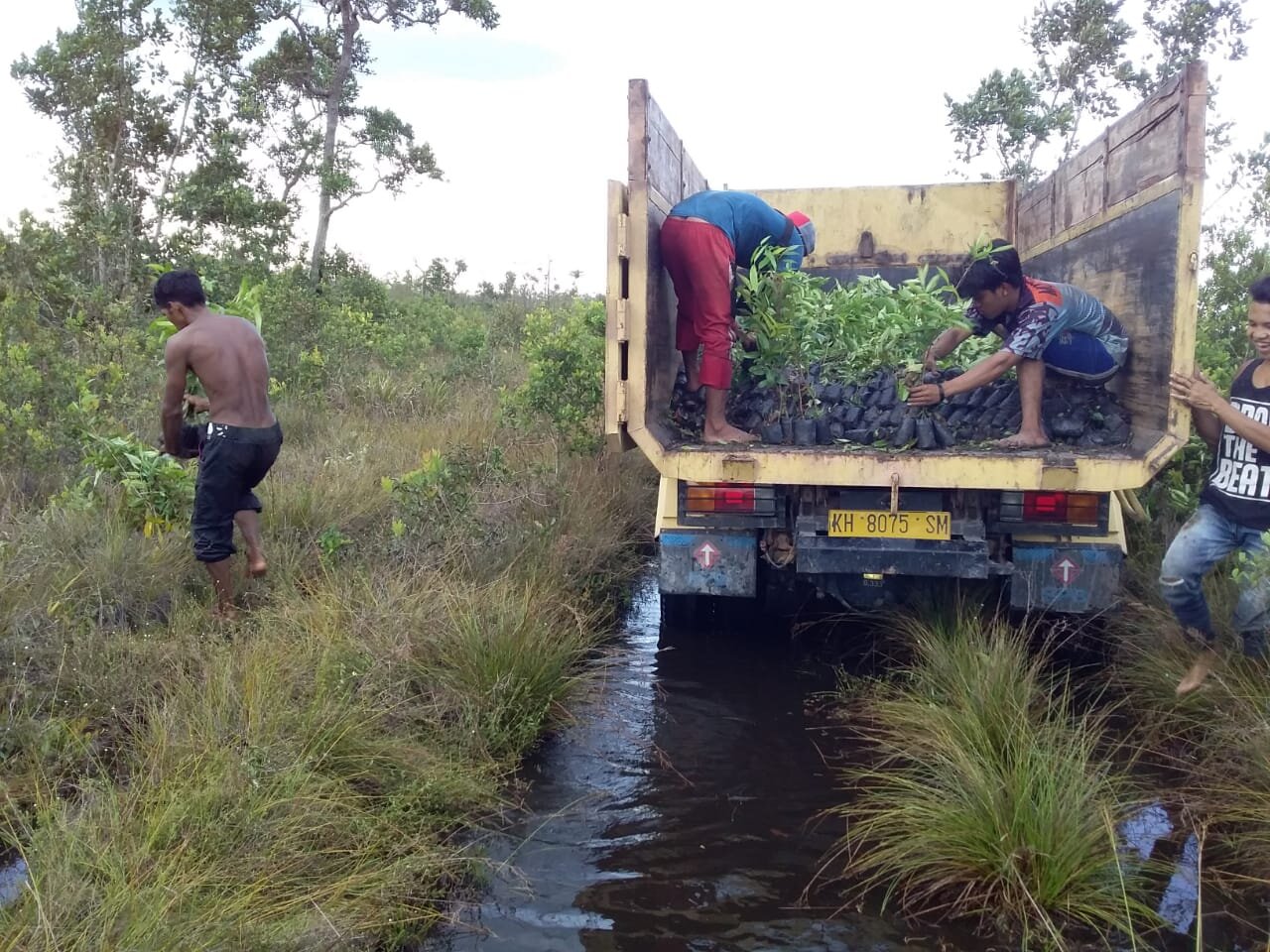
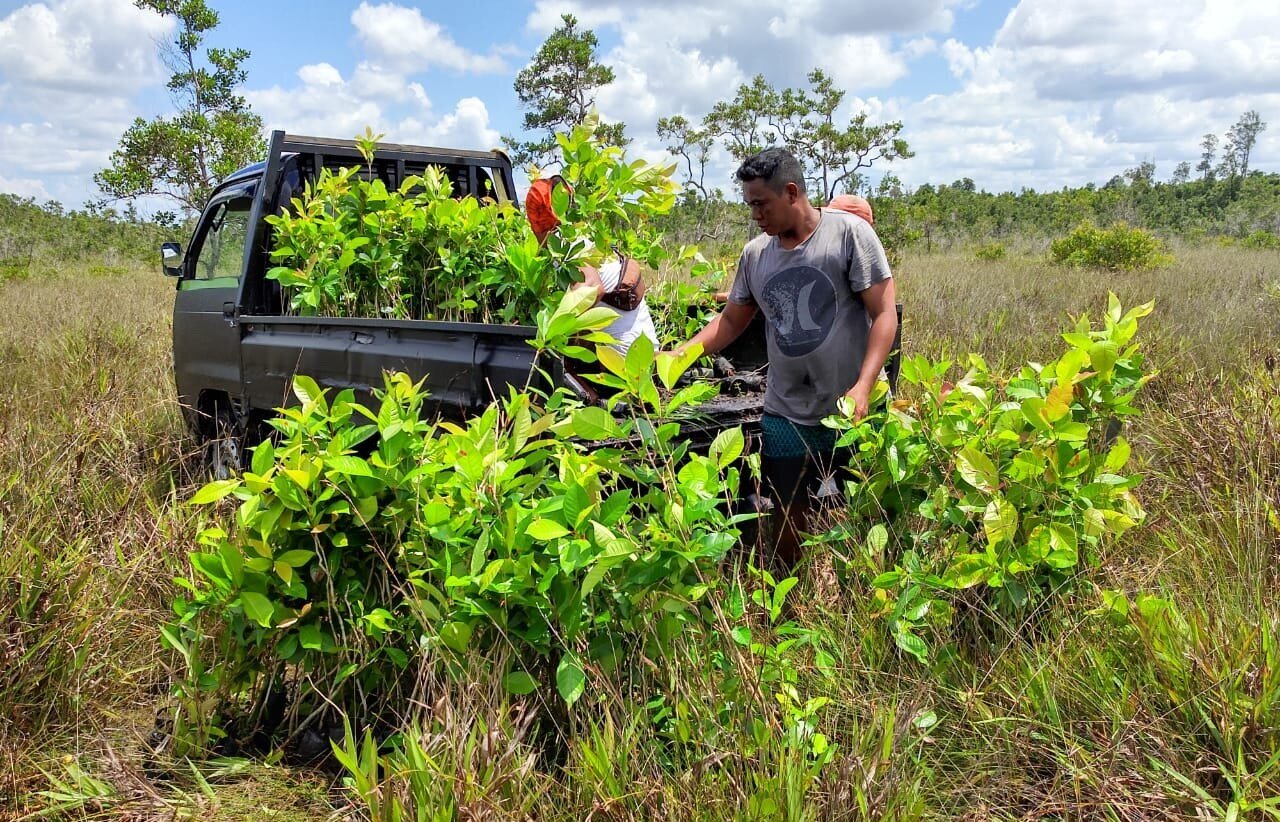
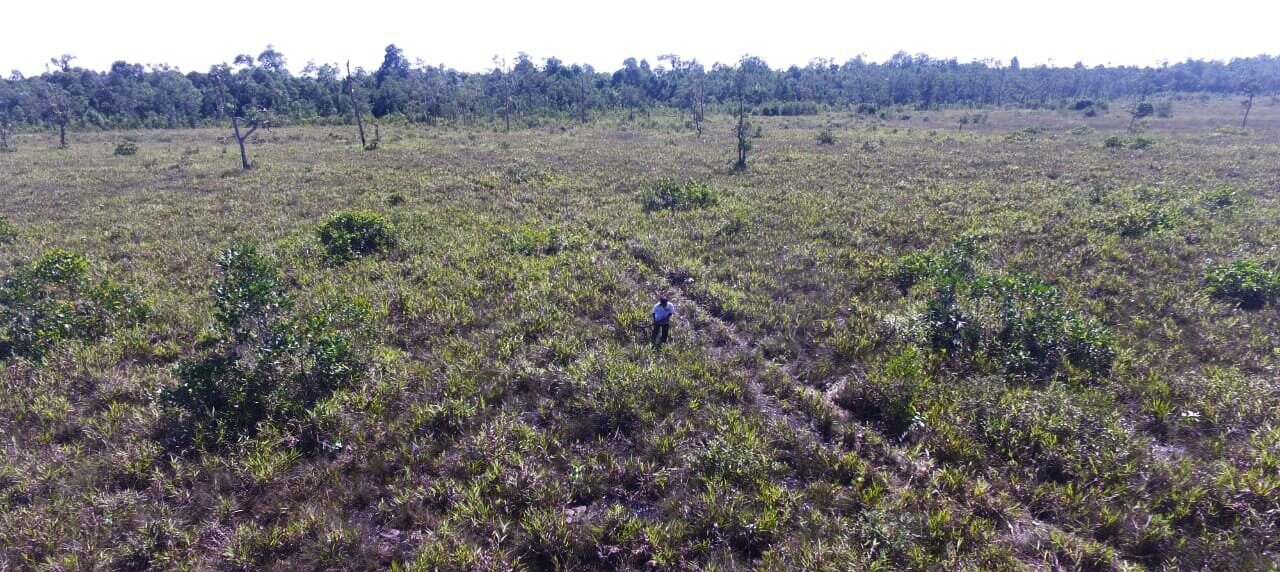





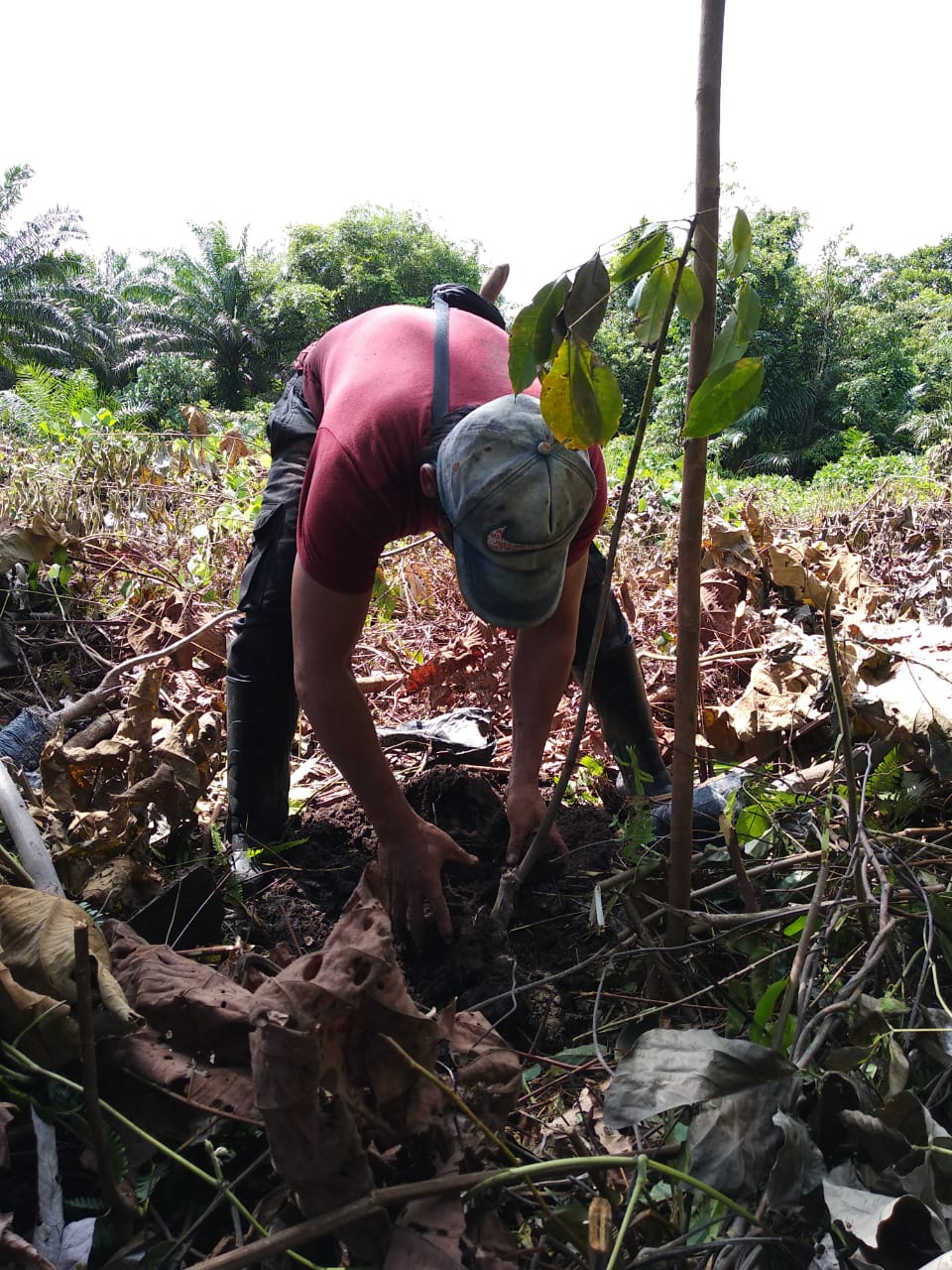
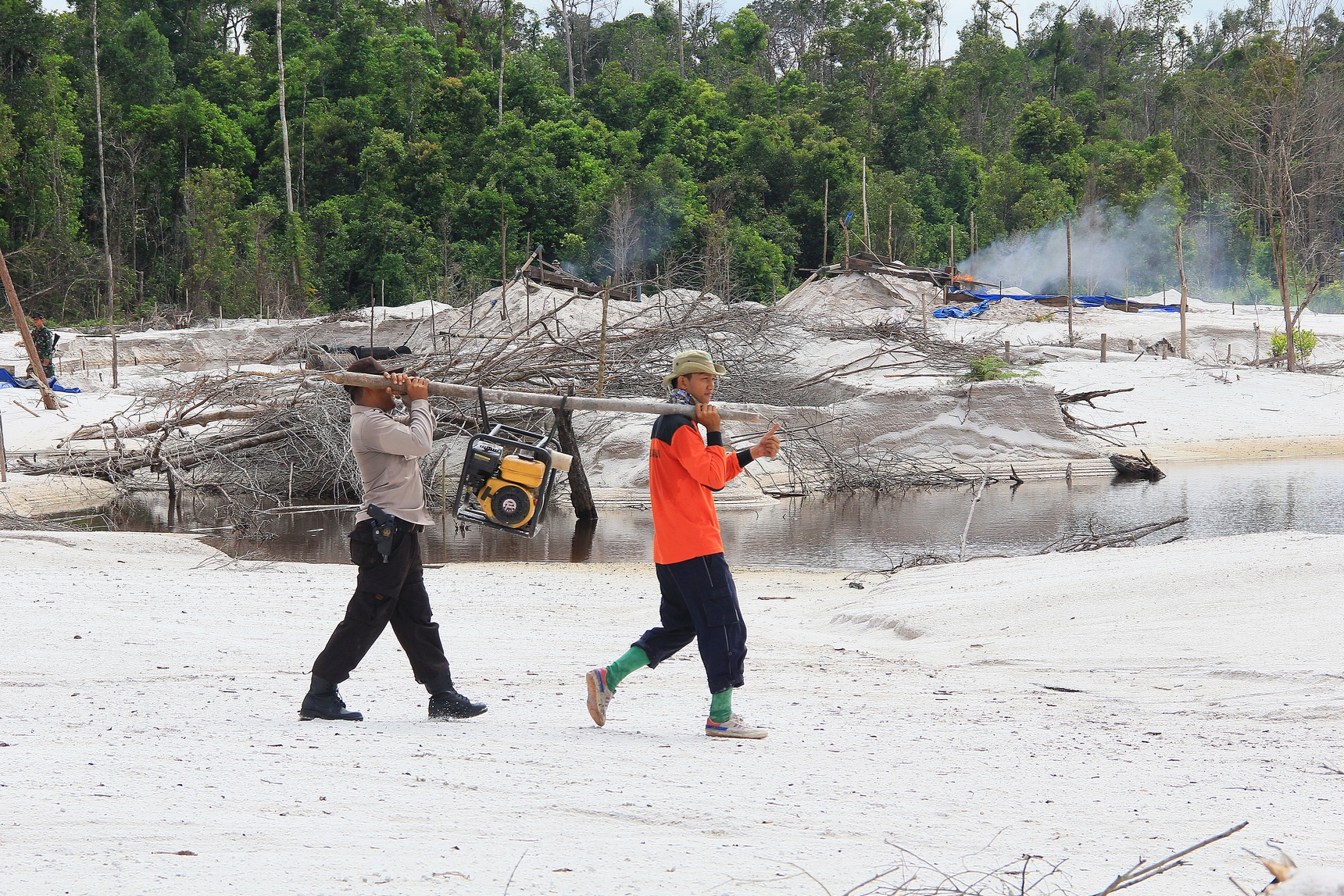
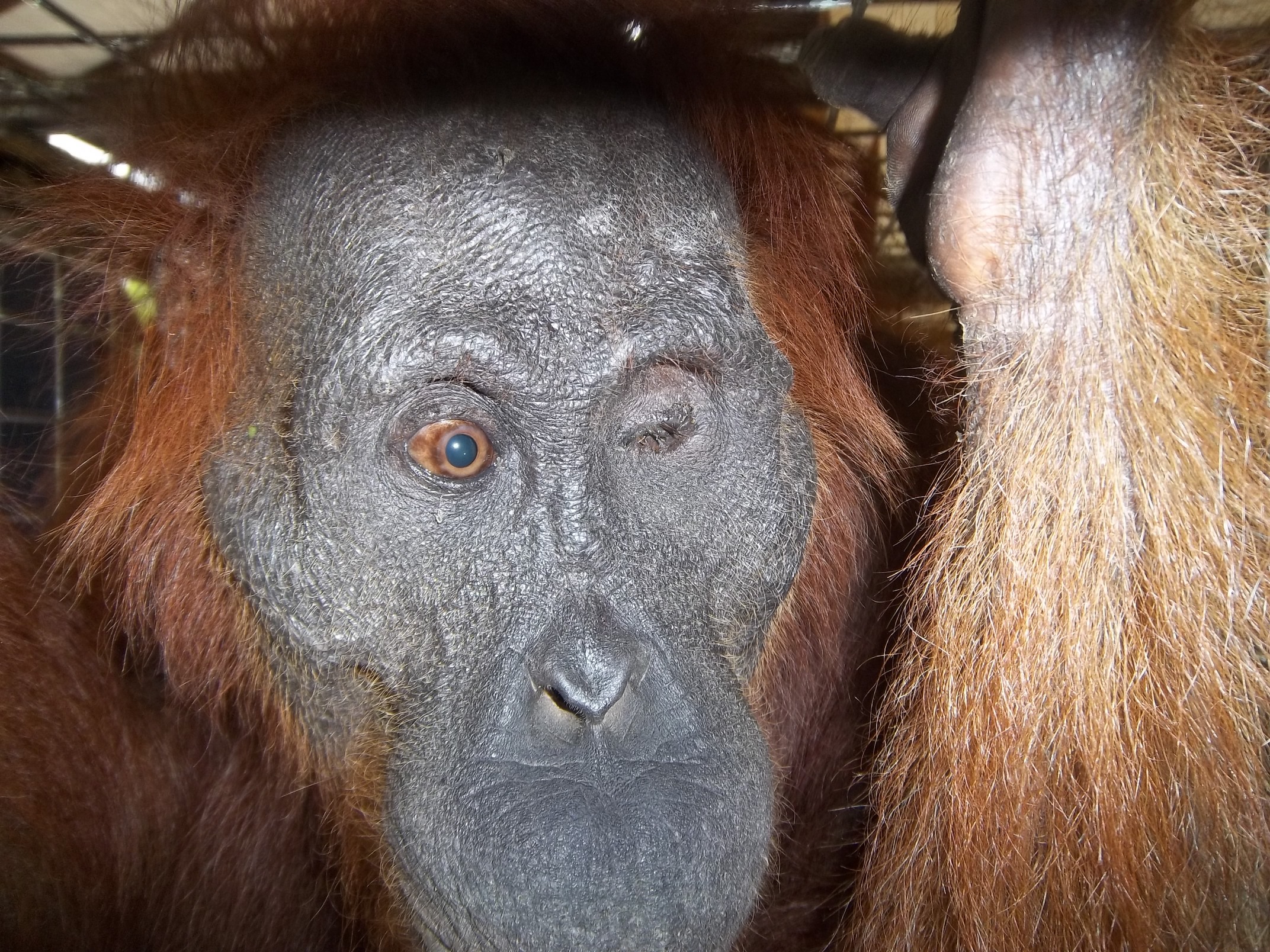
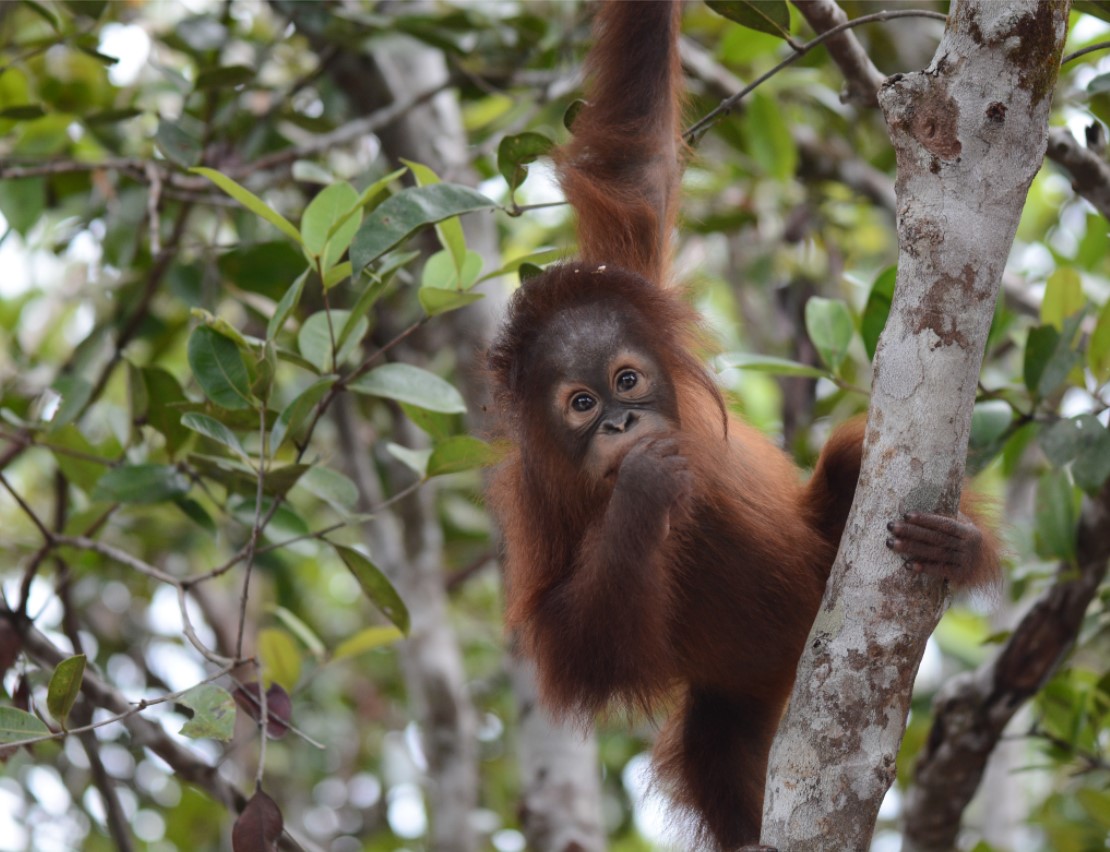
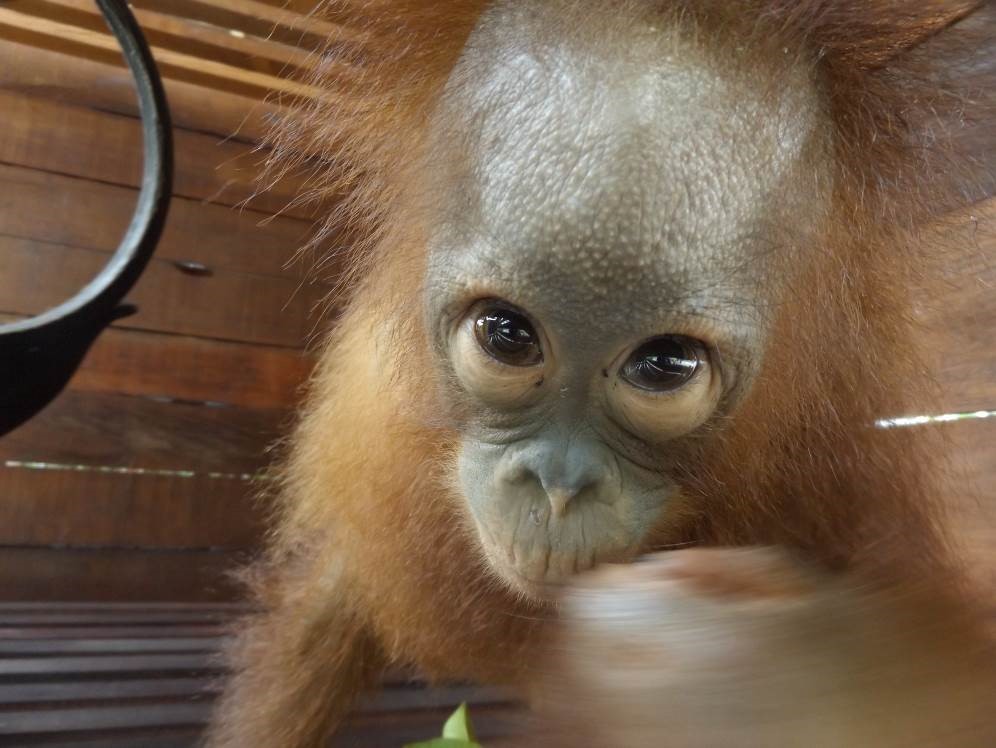
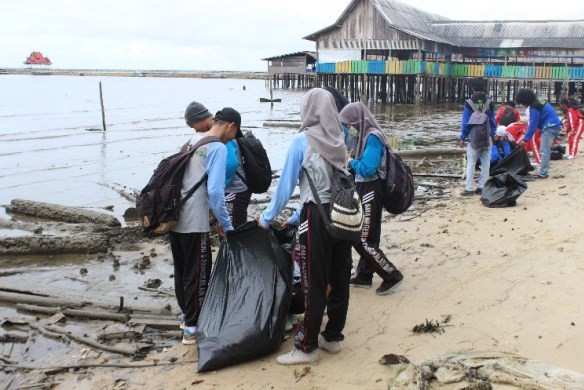
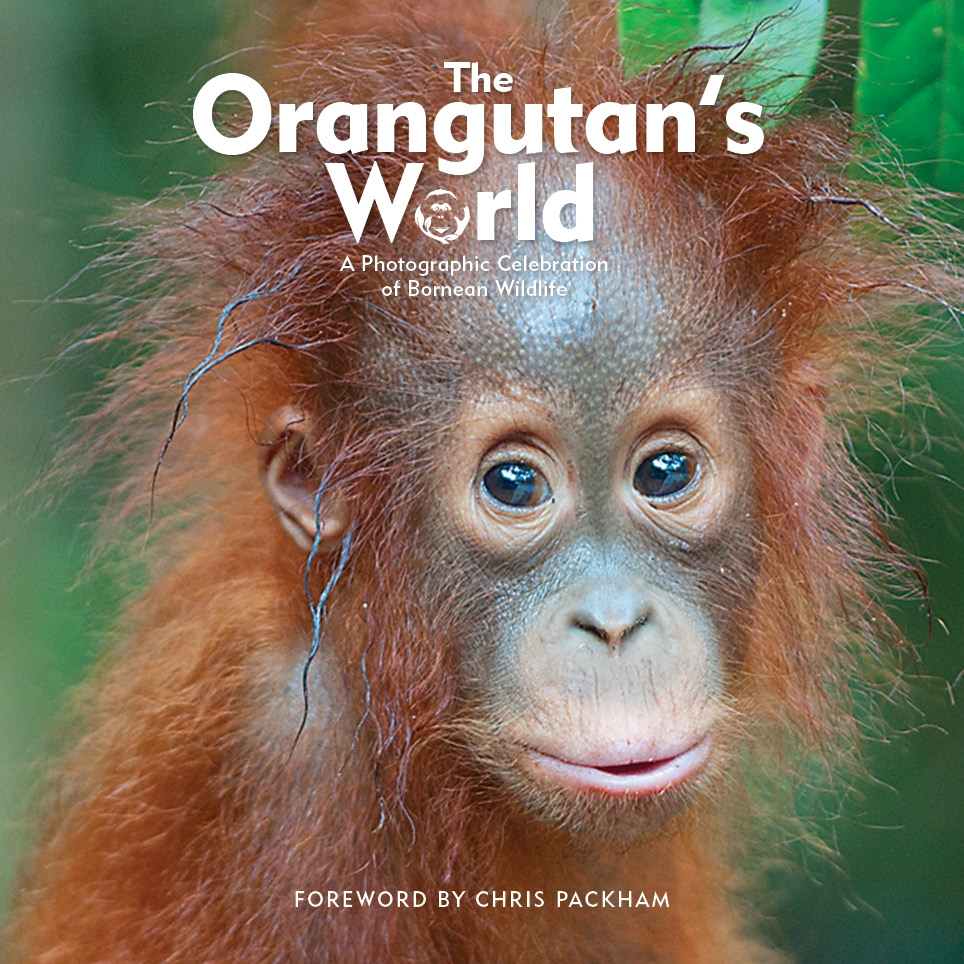
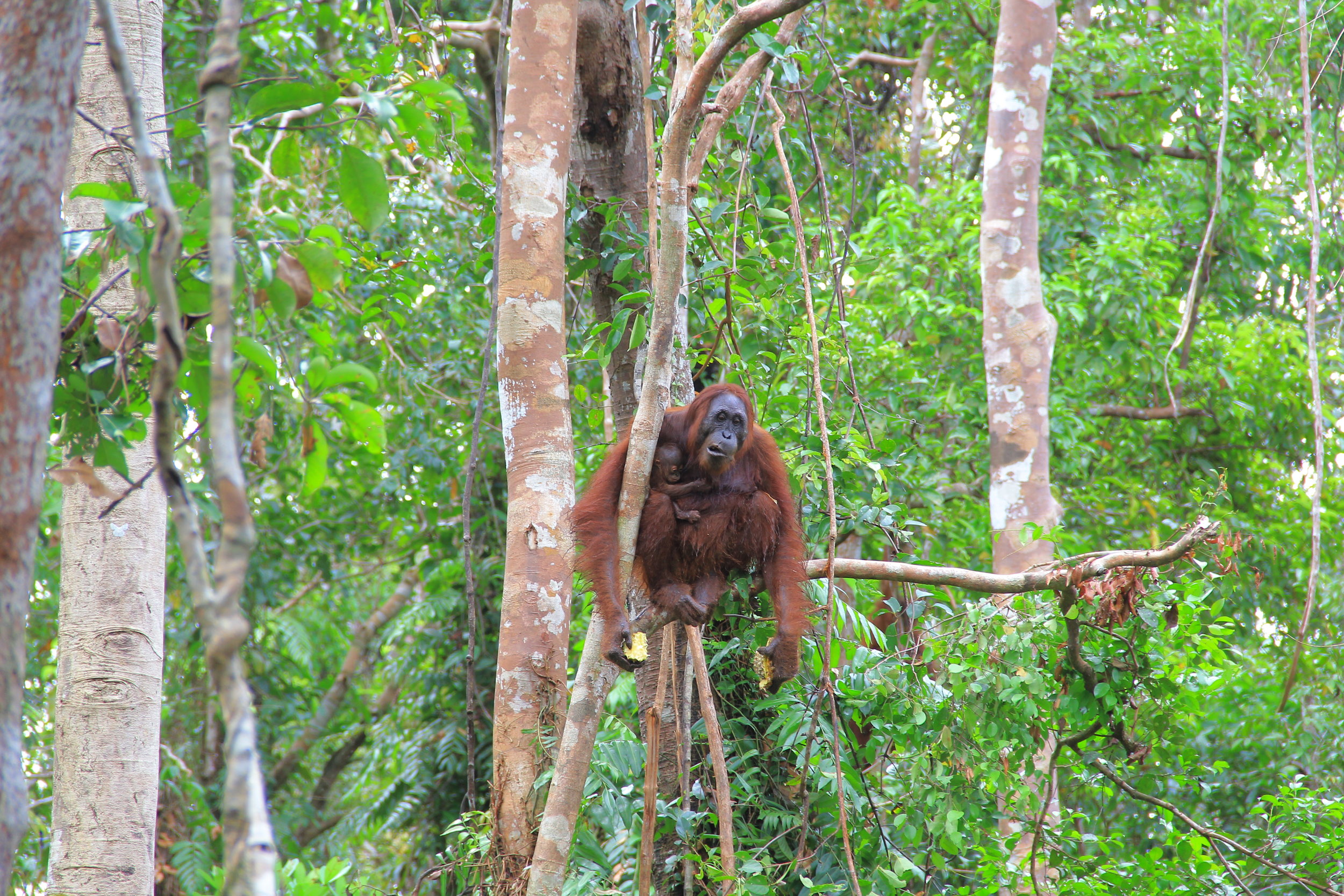
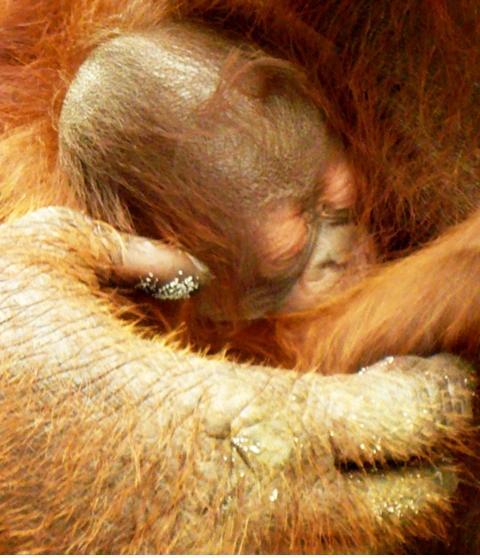
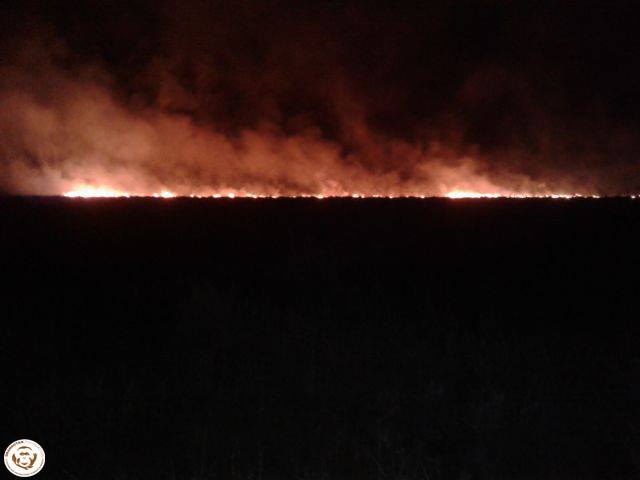
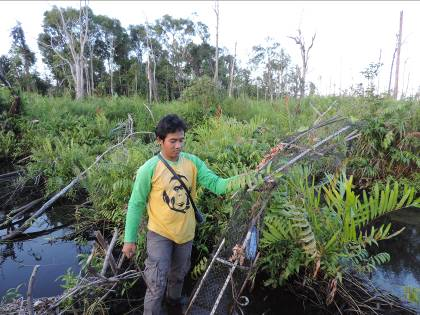
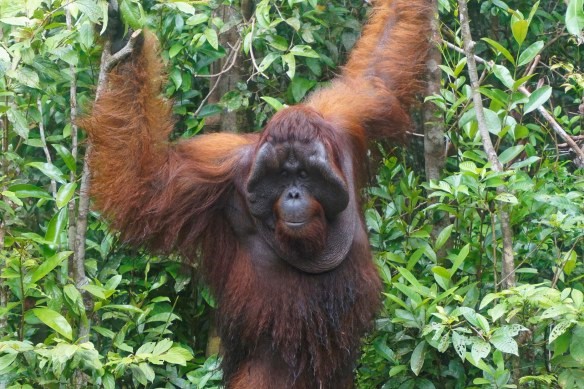
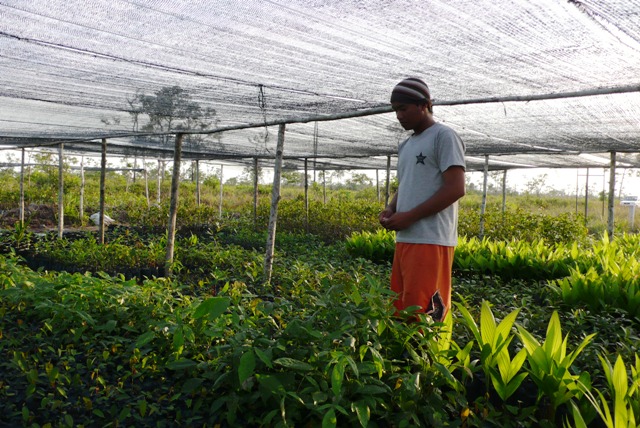
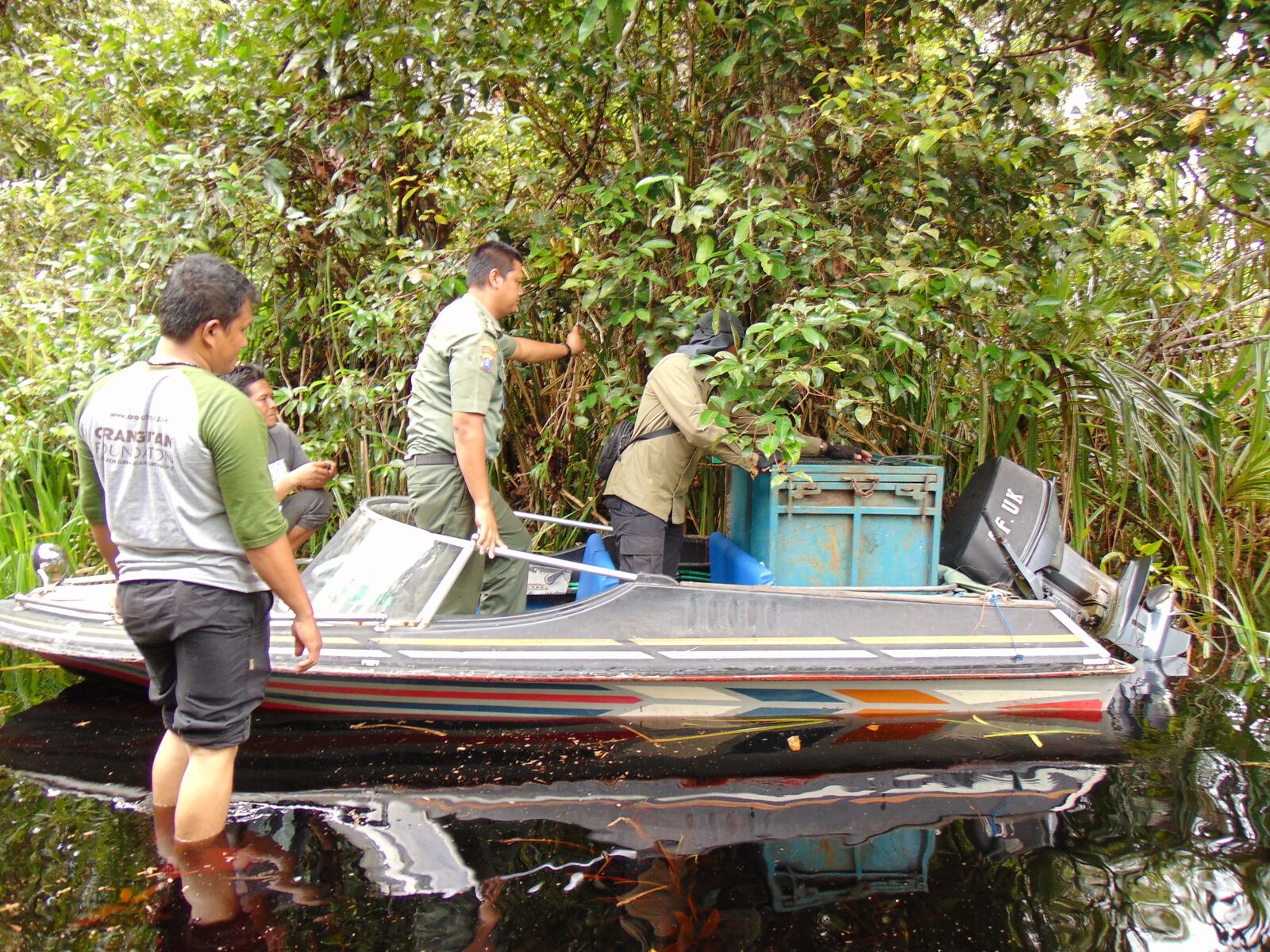
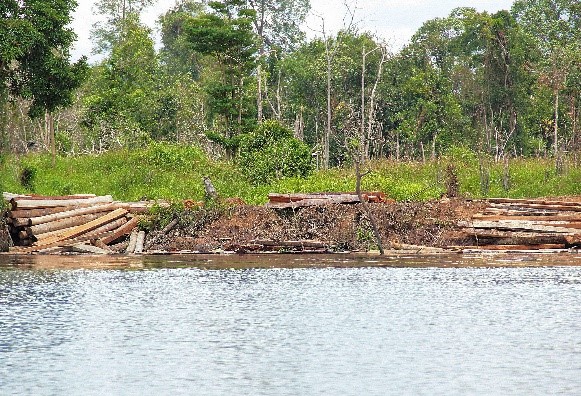
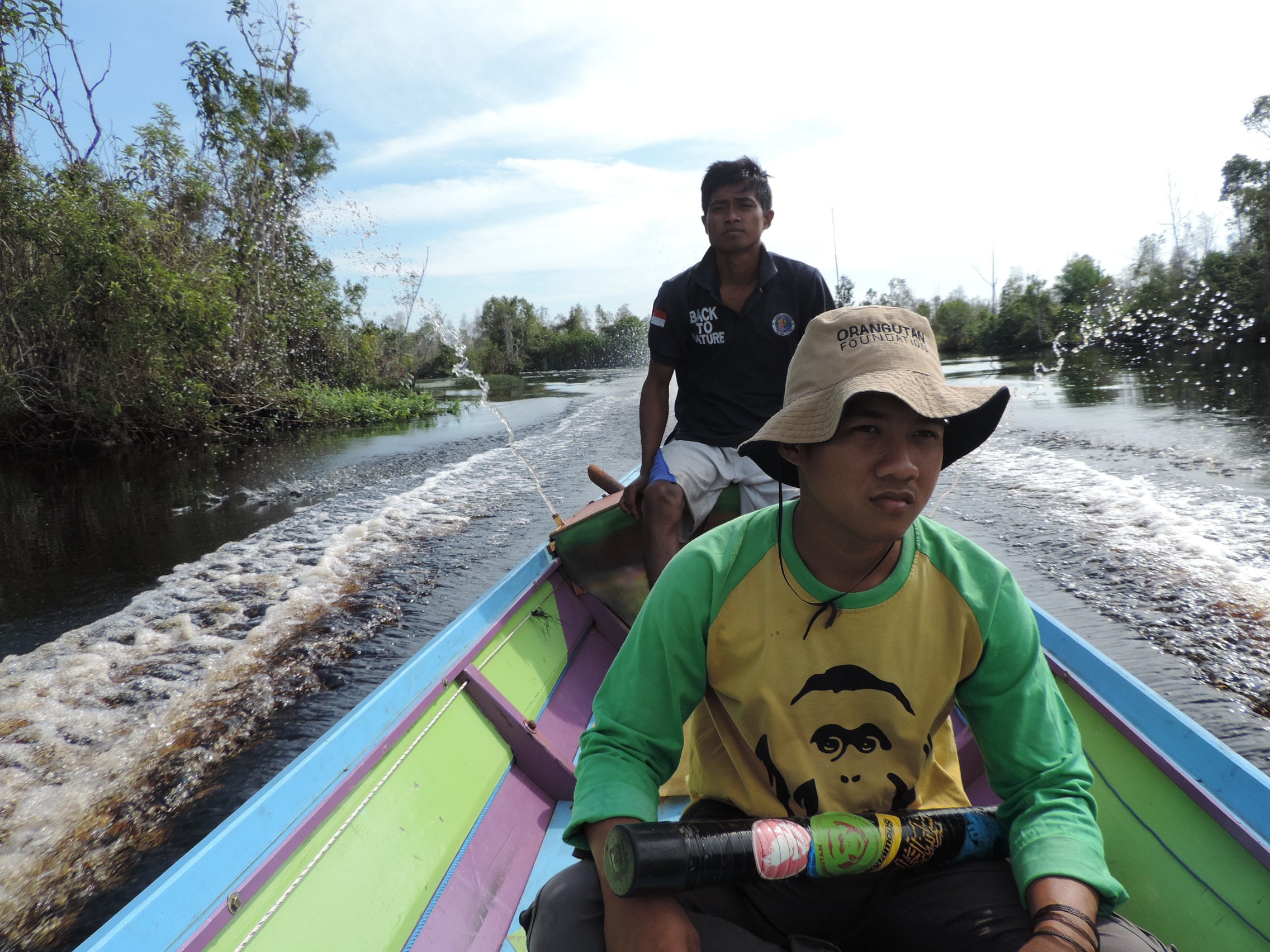

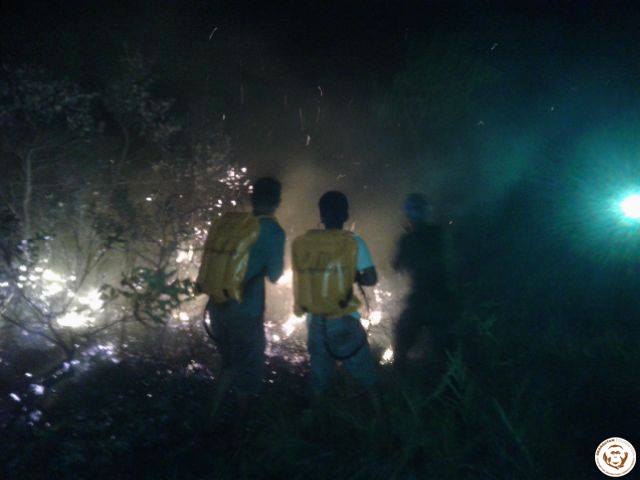


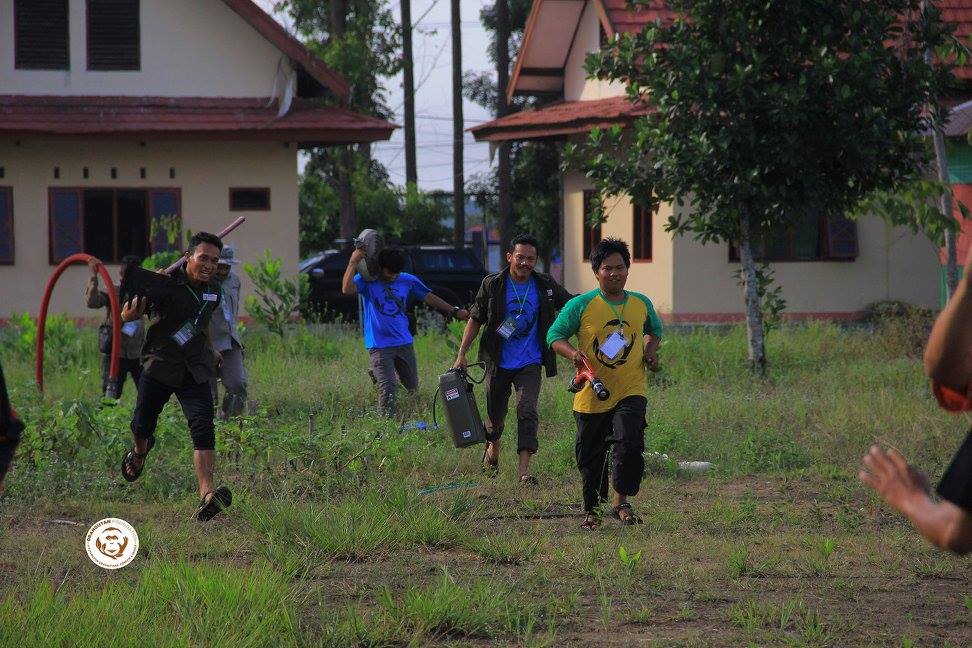
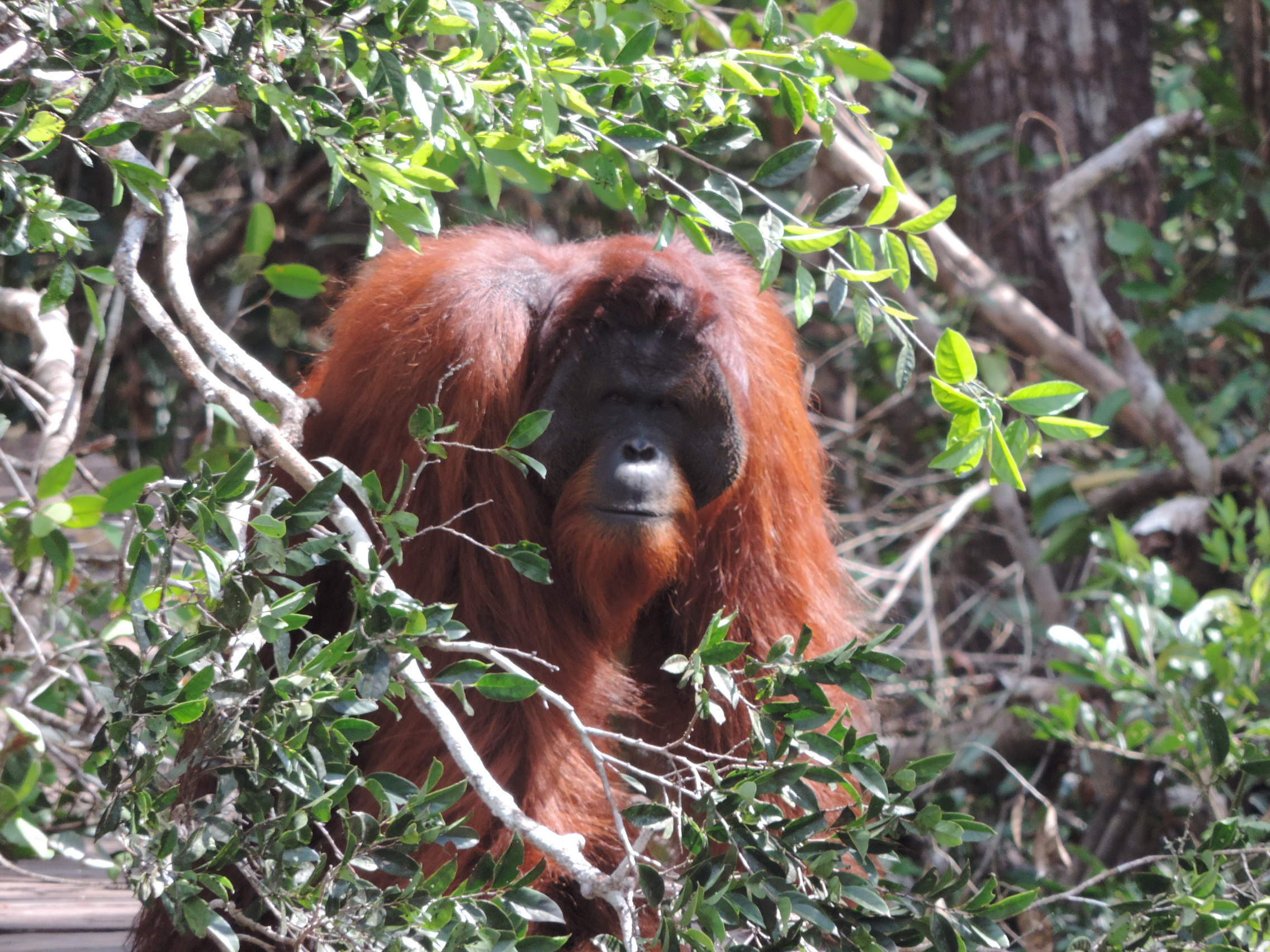
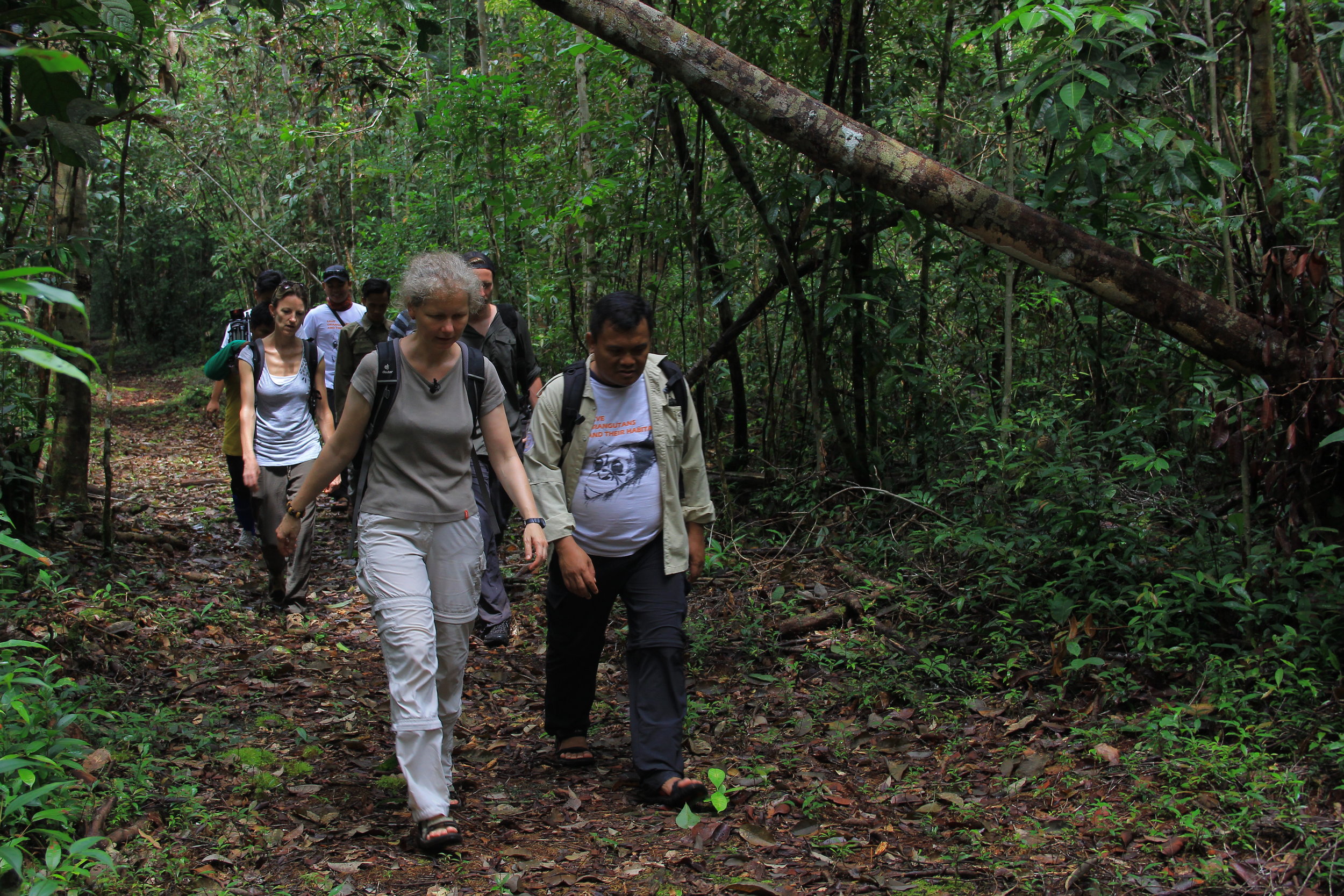
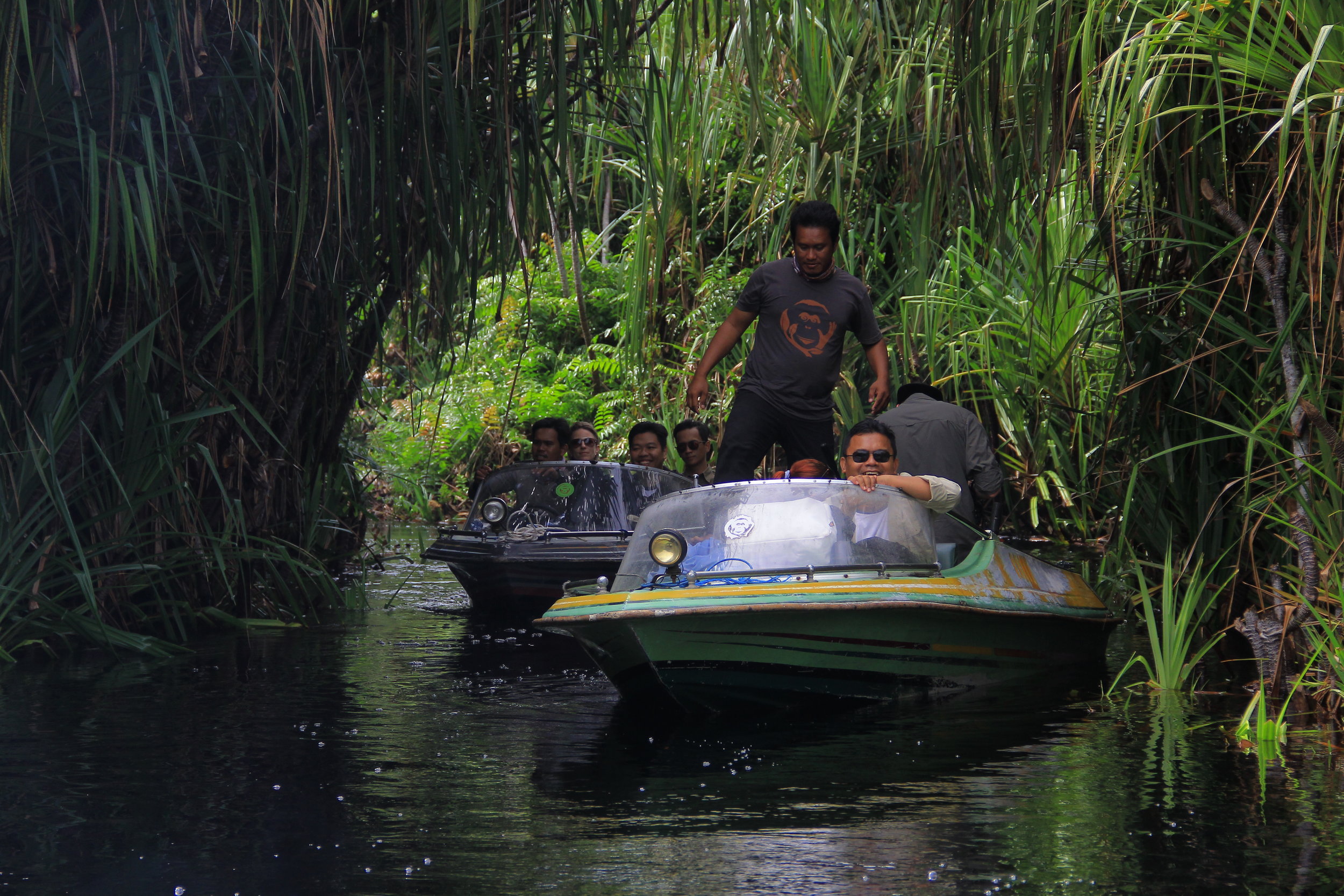
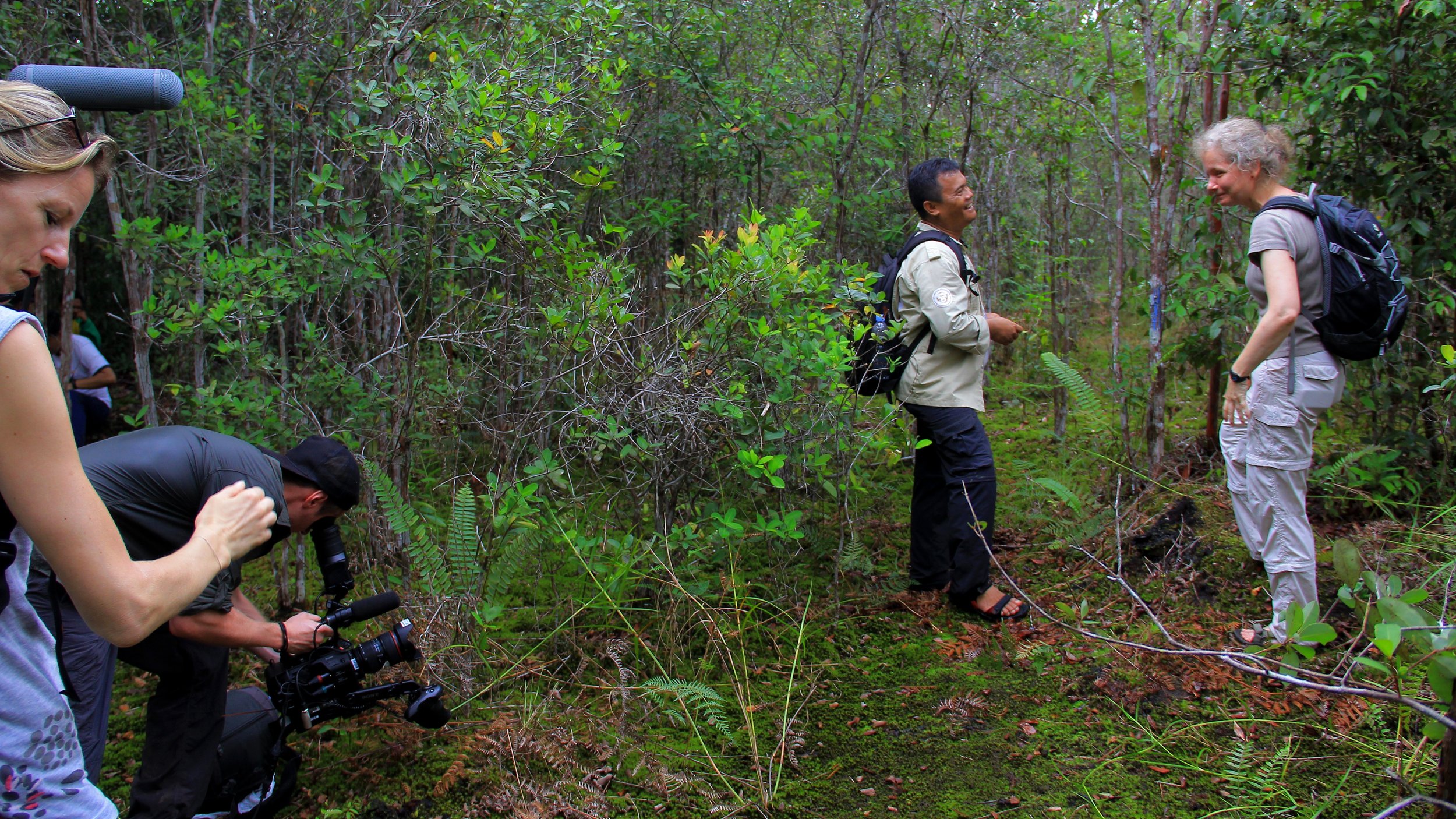
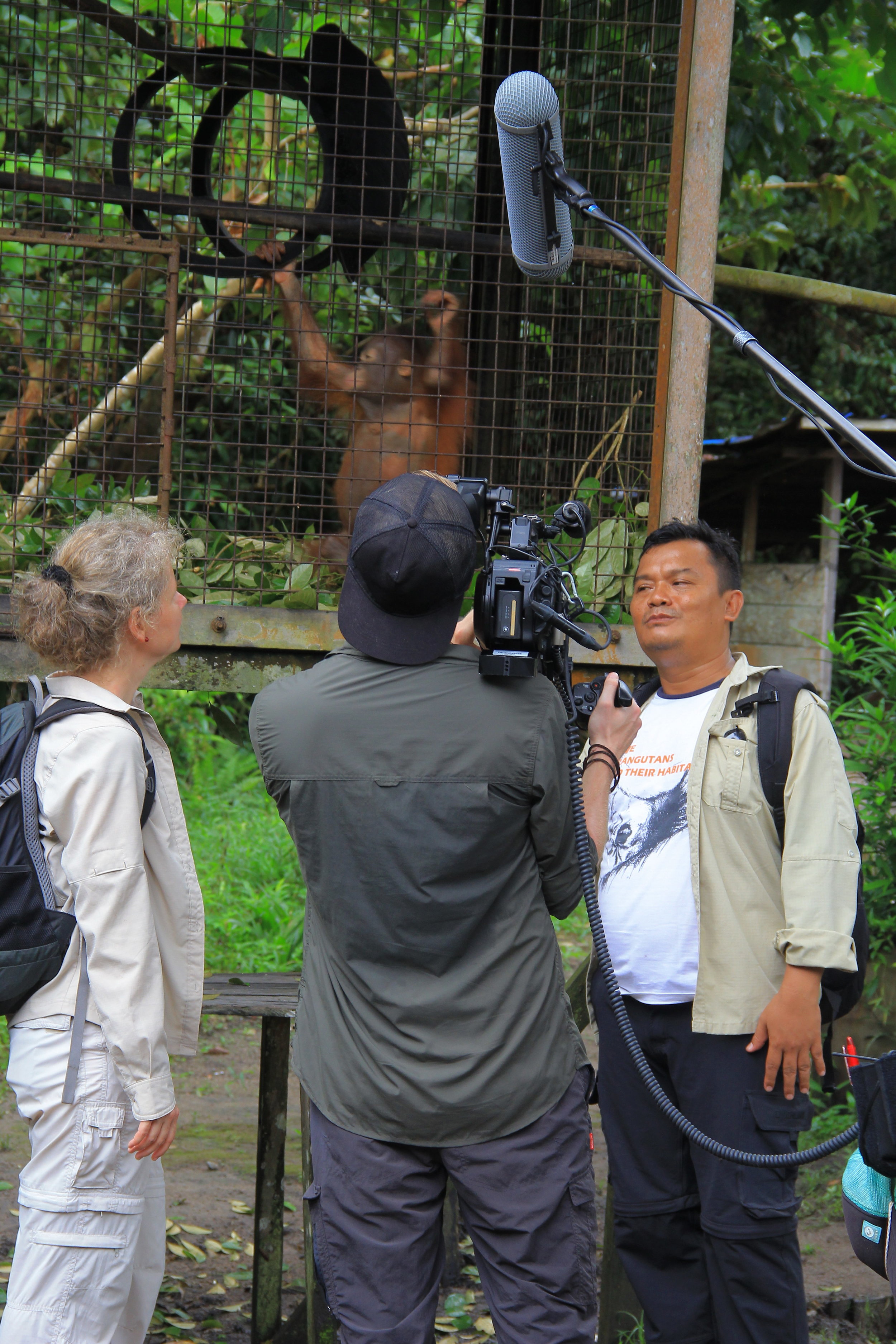

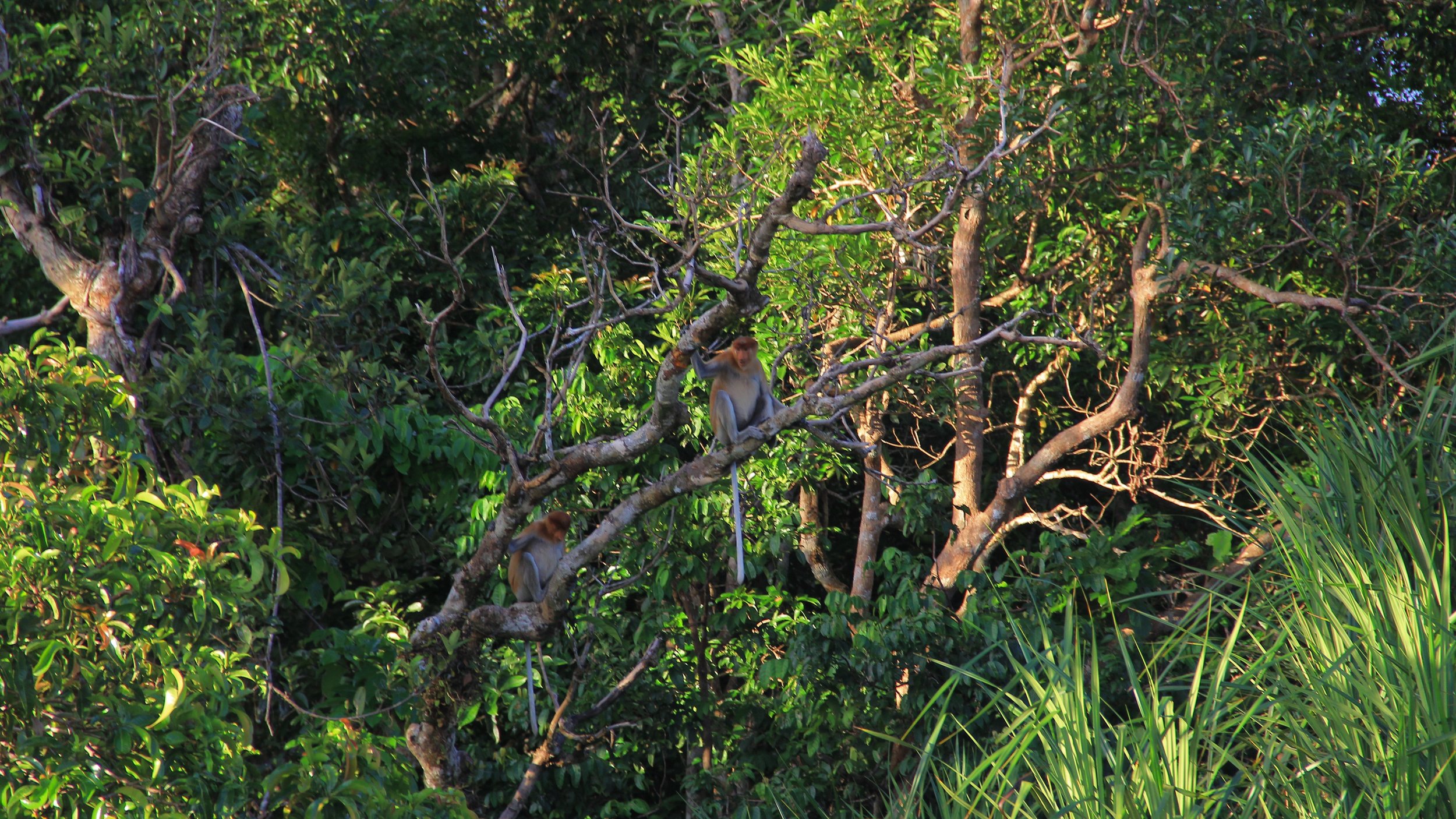
 6,000 wild Bornean orangutans live in the Belantikan region. The largest population outside of a protected area. Orangutan Foundation actively engages key stakeholders to conserve this critical tropical forest ecosystem.
6,000 wild Bornean orangutans live in the Belantikan region. The largest population outside of a protected area. Orangutan Foundation actively engages key stakeholders to conserve this critical tropical forest ecosystem.
